
Forollhogna is often described as ‘the kind mountains’. This is a peaceful and walker-friendly mountain region surrounded by lush valleys steeped in seasonal livestock farming traditions that continue to this day. There is no accommodation for walkers and no waymarked trails in the national park, except for the Pilgrim’s Way (the Østerdal route) which crosses the area at the foot of the Forollhogna mountain.
https://www.norgesnasjonalparker.no/nasjonalparker/forollhogna/
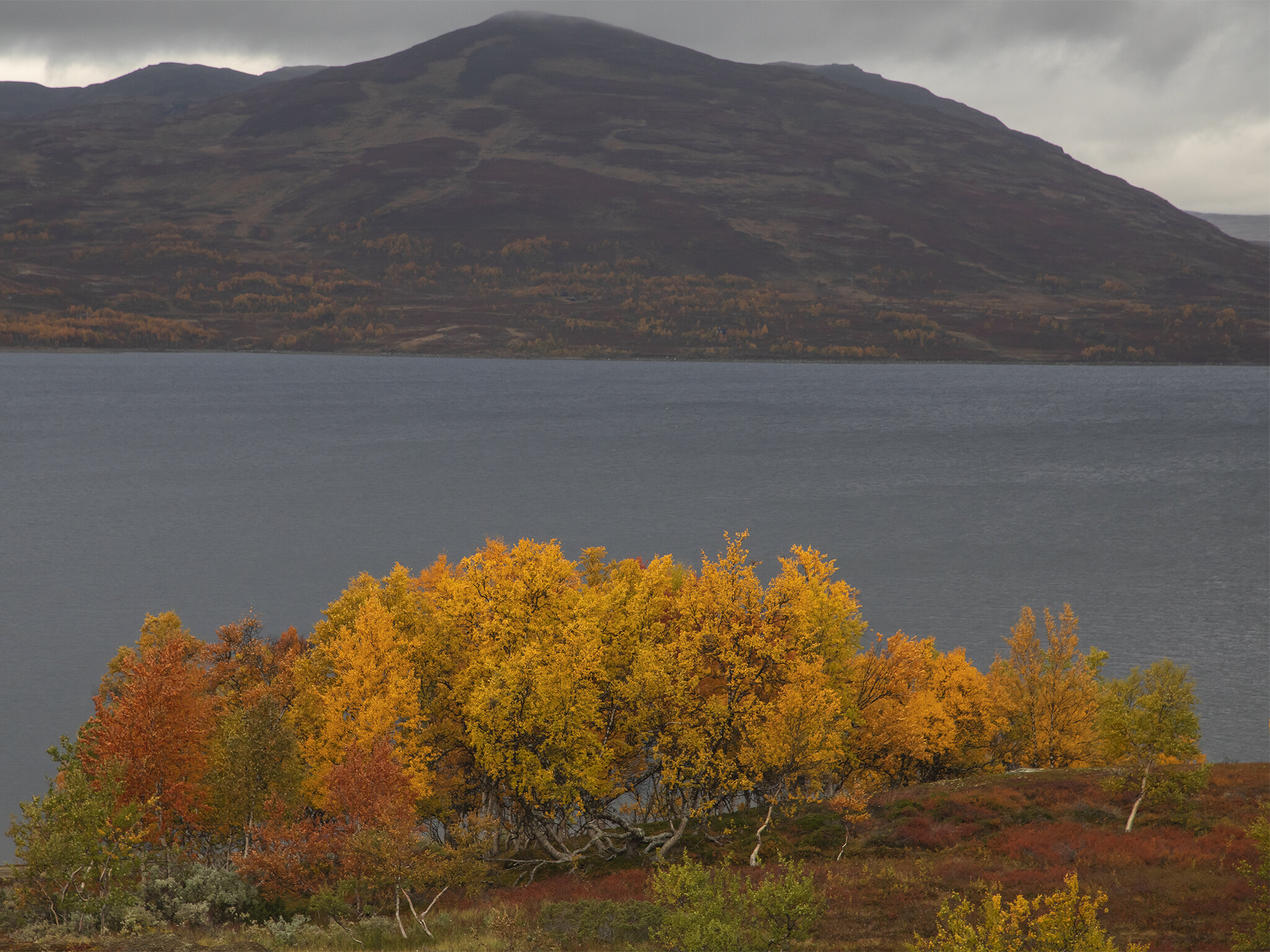
The chalky bedrock is a good breeding ground for the flora and fauna. The area is best known for its sustainable wild reindeer herds and good grouse conditions. Over the generations, hunting, trapping and fishing have been important in the area. Long-term use of the area for seasonal livestock farming, haymaking and grazing has helped to create distinctive and precious cultural landscapes with a rich diversity of species, valuable building clusters and an interesting cultural heritage. A variety of cultural remains from different eras reflect the historical use of the area over thousands of years.
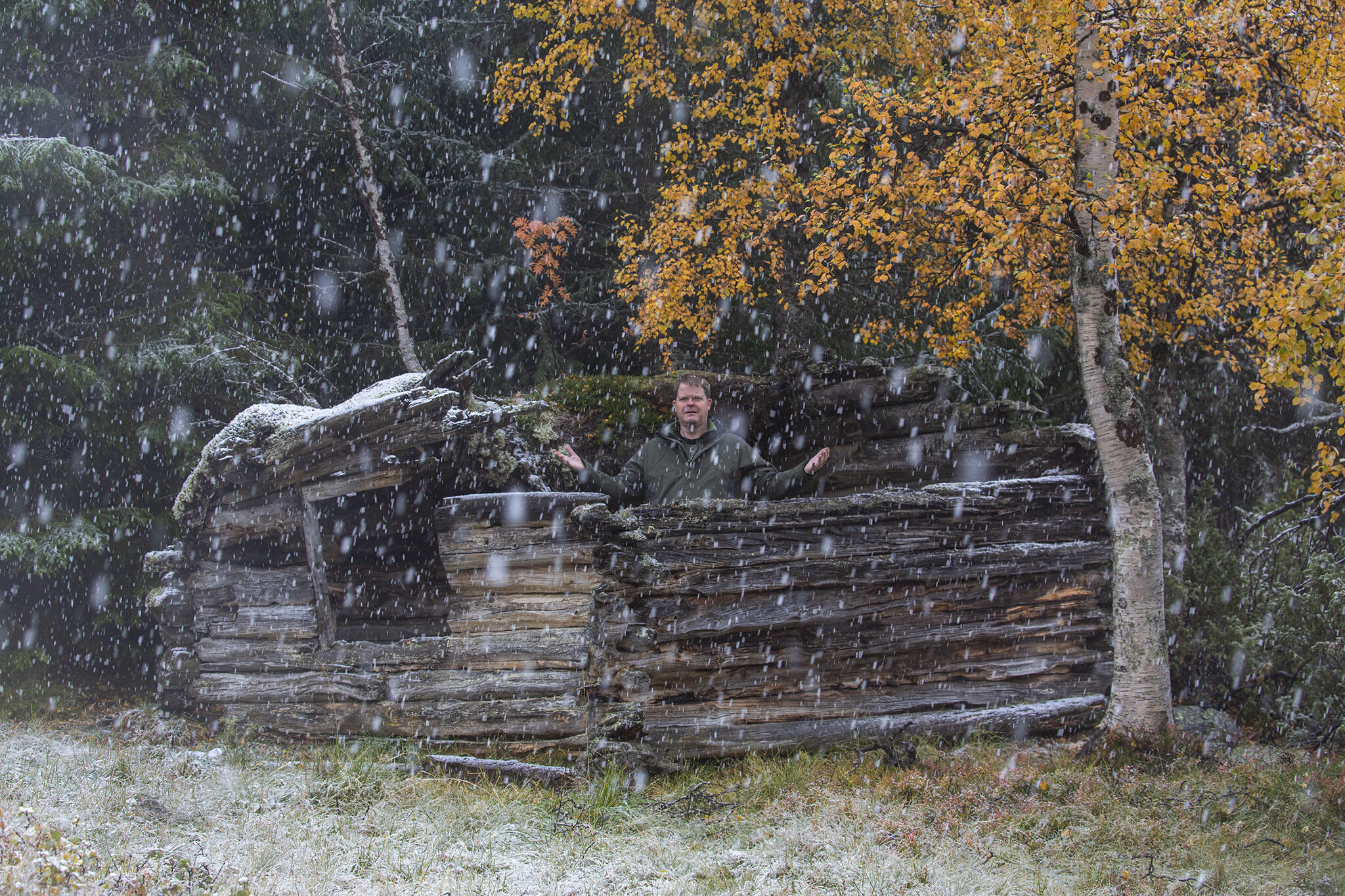
The network of footpaths and cow tracks in the border area of the national park are well suited for cycling and walking. The mountains are a short distance from the settlements around Forollhogna. The local food, active farming villages and seasonal livestock operations, as well as information about the local history and environment, are all important to the enjoyment of Forollhogna National Park. The mountain lakes are known for their large, top-quality fish. Hunting for wild reindeer and grouse are popular activities.
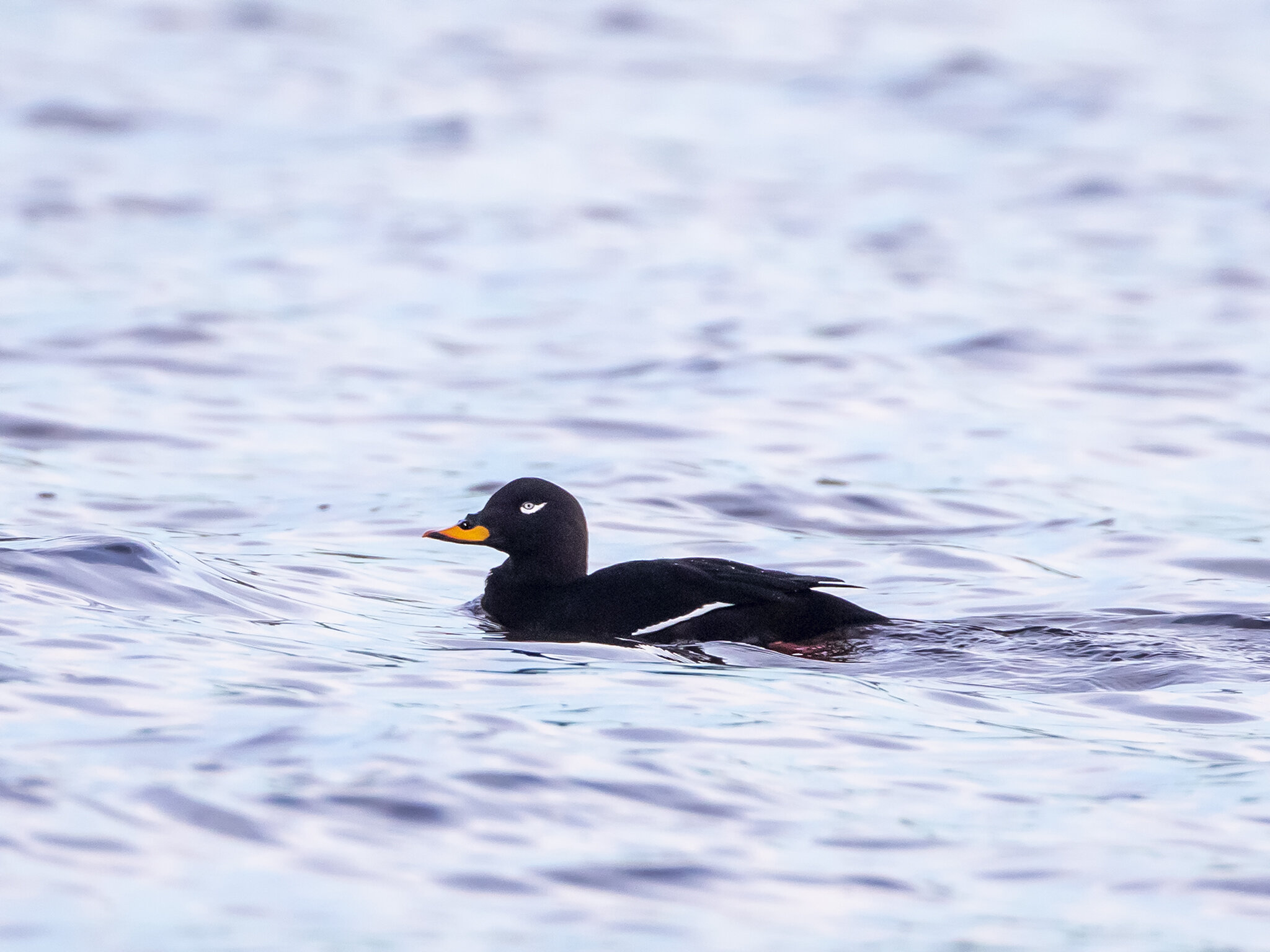
Forollhogna is a complete mountain ecosystem with a sustainable wild reindeer herd, a population of wolverines and occasional observations of Arctic foxes. All four species of mountain ducks found in Norway nest here. As for birds of prey, the golden eagle, gyrfalcon and rough-legged buzzard all nest here. The valleys used for seasonal livestock farming comprise large hayfields, natural pastures and lush meadow birch forests. Here we find several rare species, such as the black vanilla orchid and the mealy meadow cap fungus, which are dependent on continued grazing.
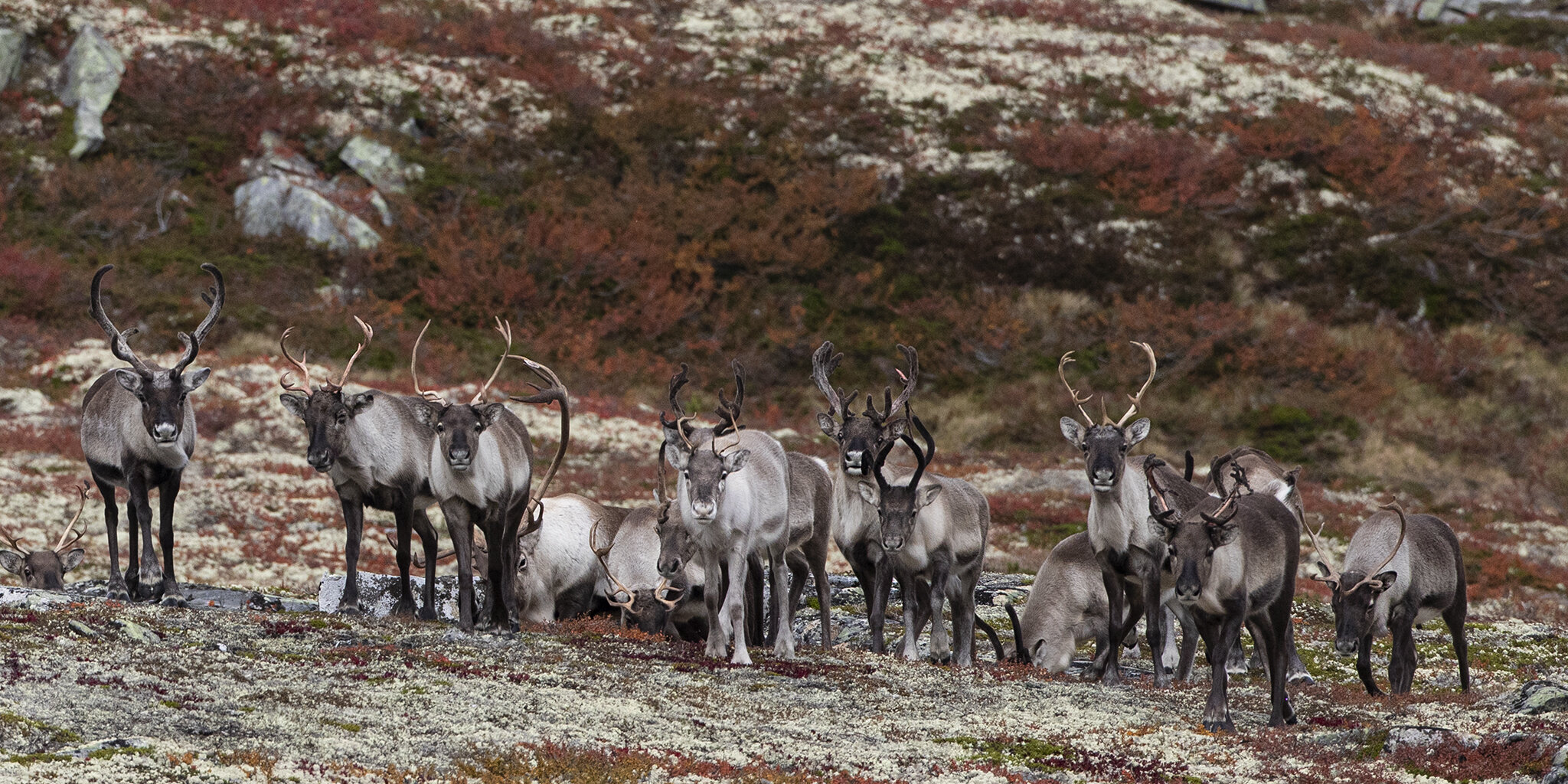
The wild reindeer are often referred to as the mountain's nomad. This is an indication of the wild reindeer's way of using the habitats.They live in the most extreme areas found in Norway.
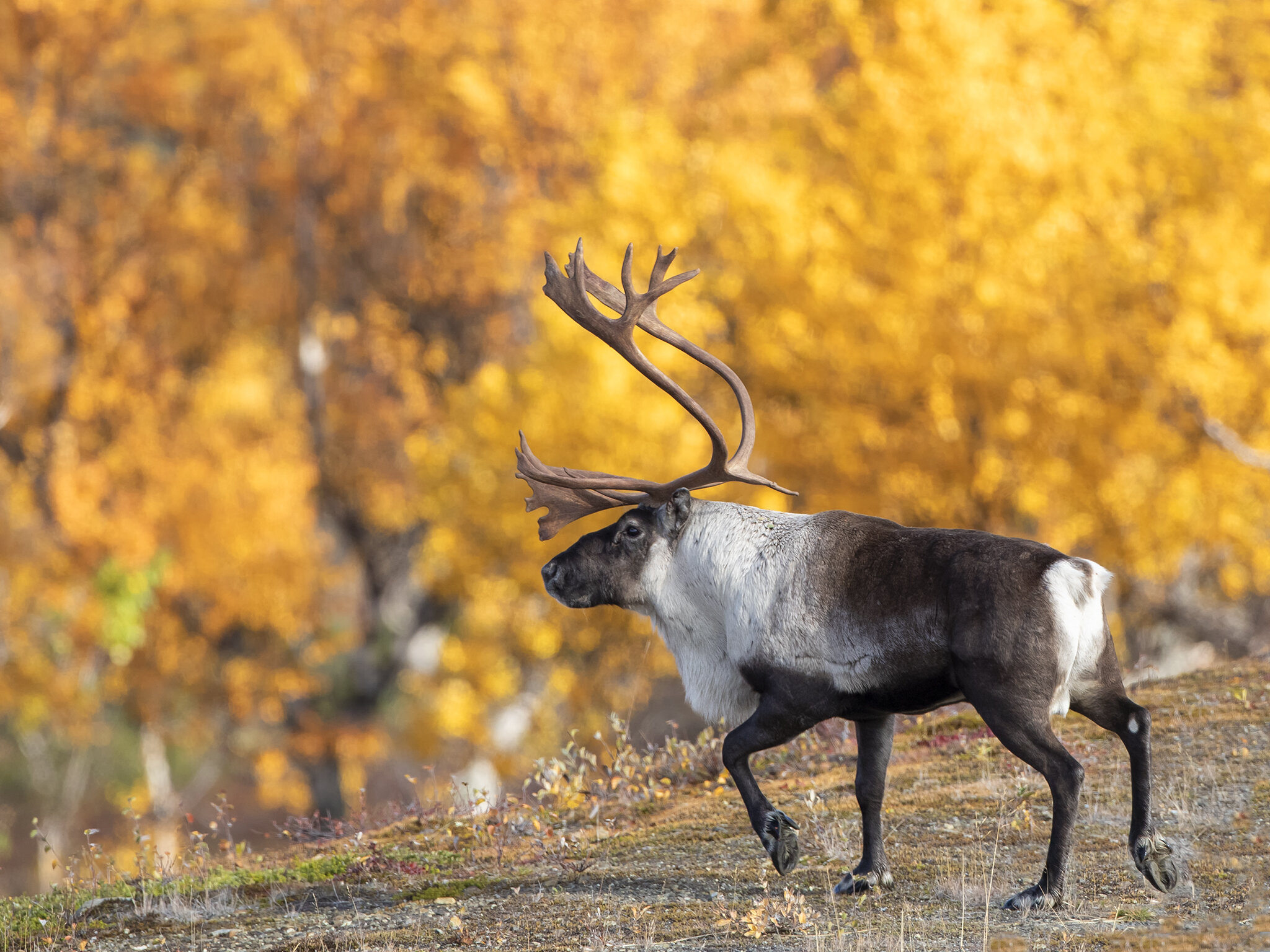
Norway has the latest wild reindeer populations in Europe. We therefore have a great responsibility to take care of the species and its habitats.
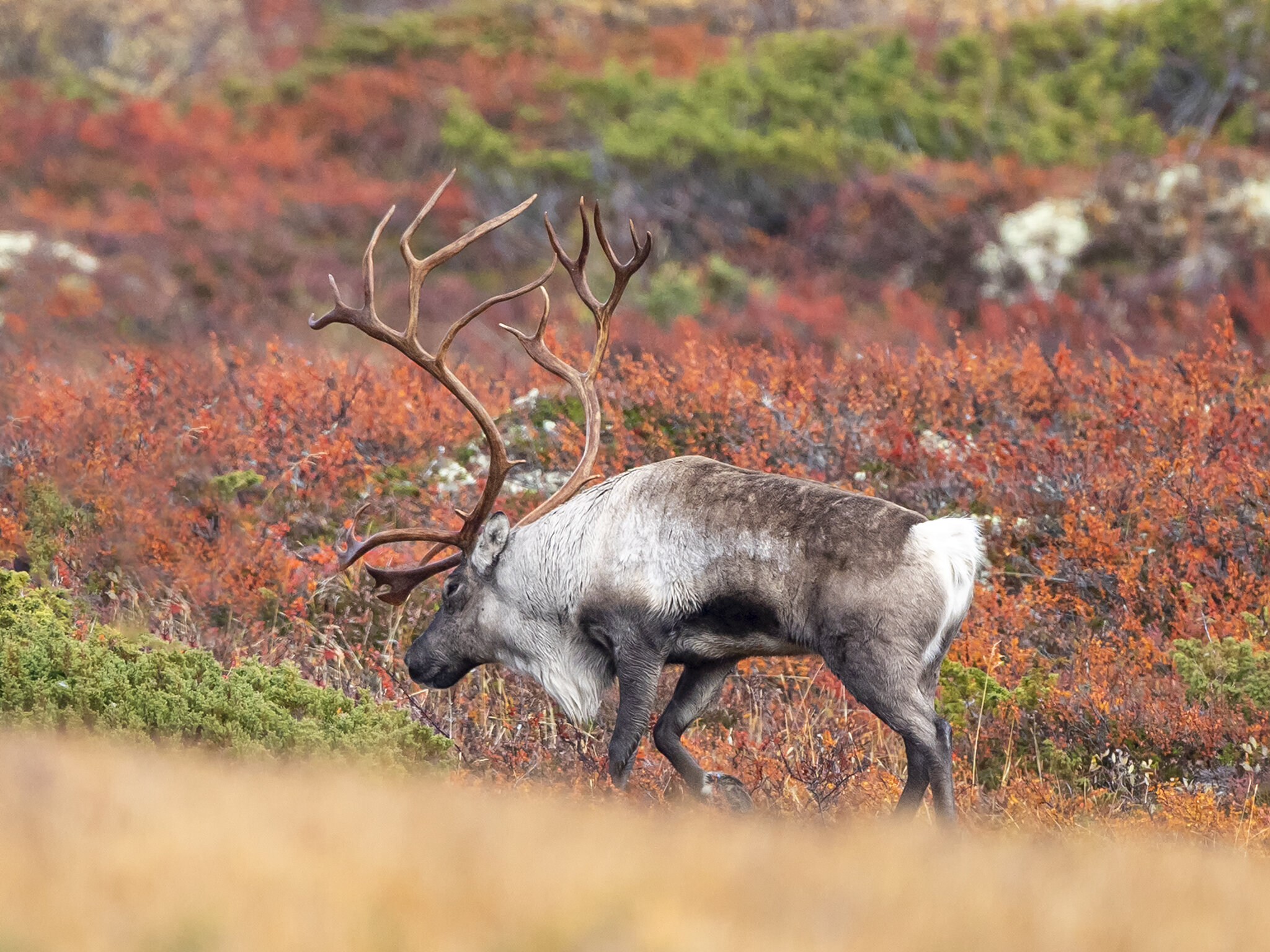

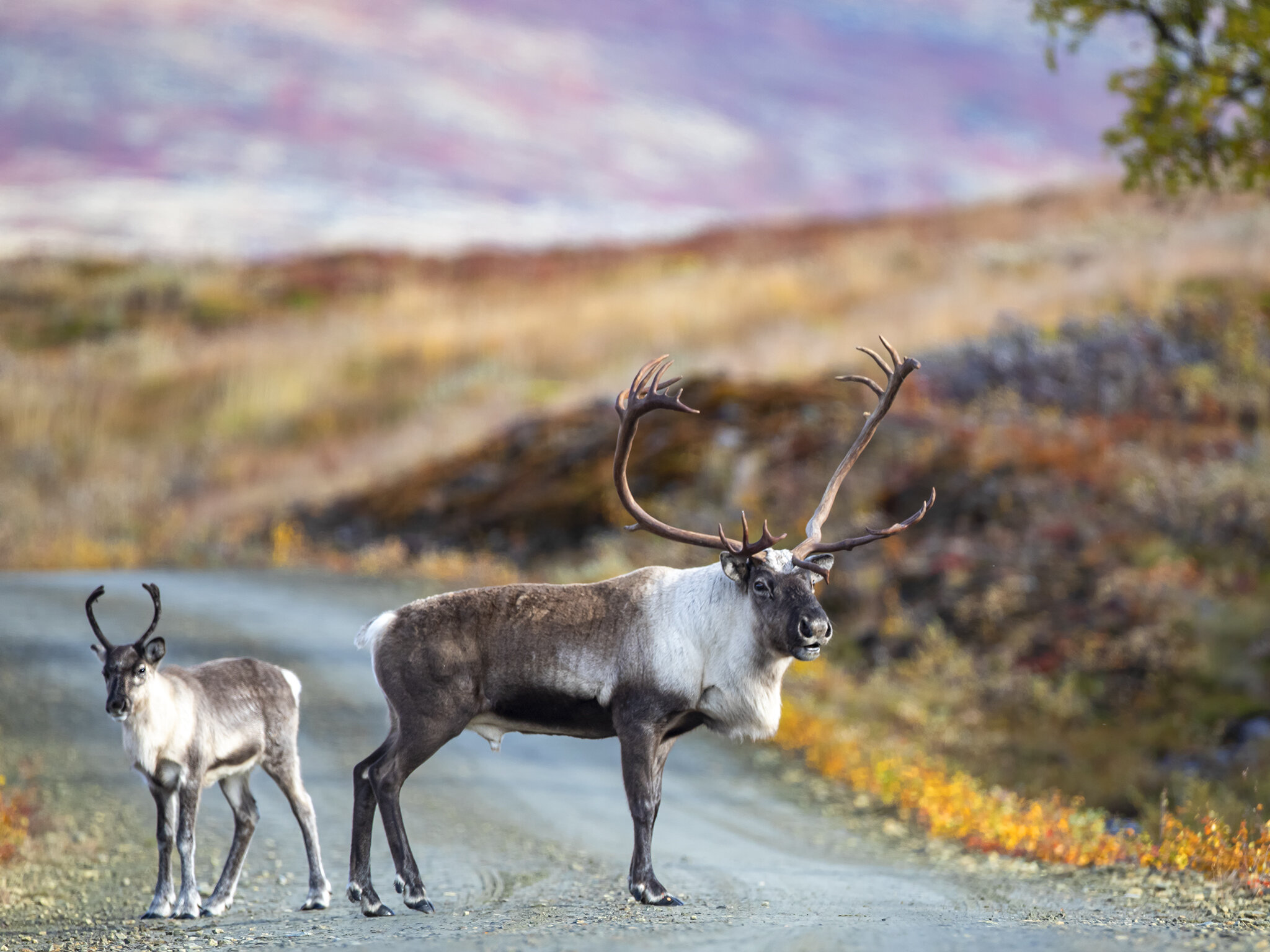

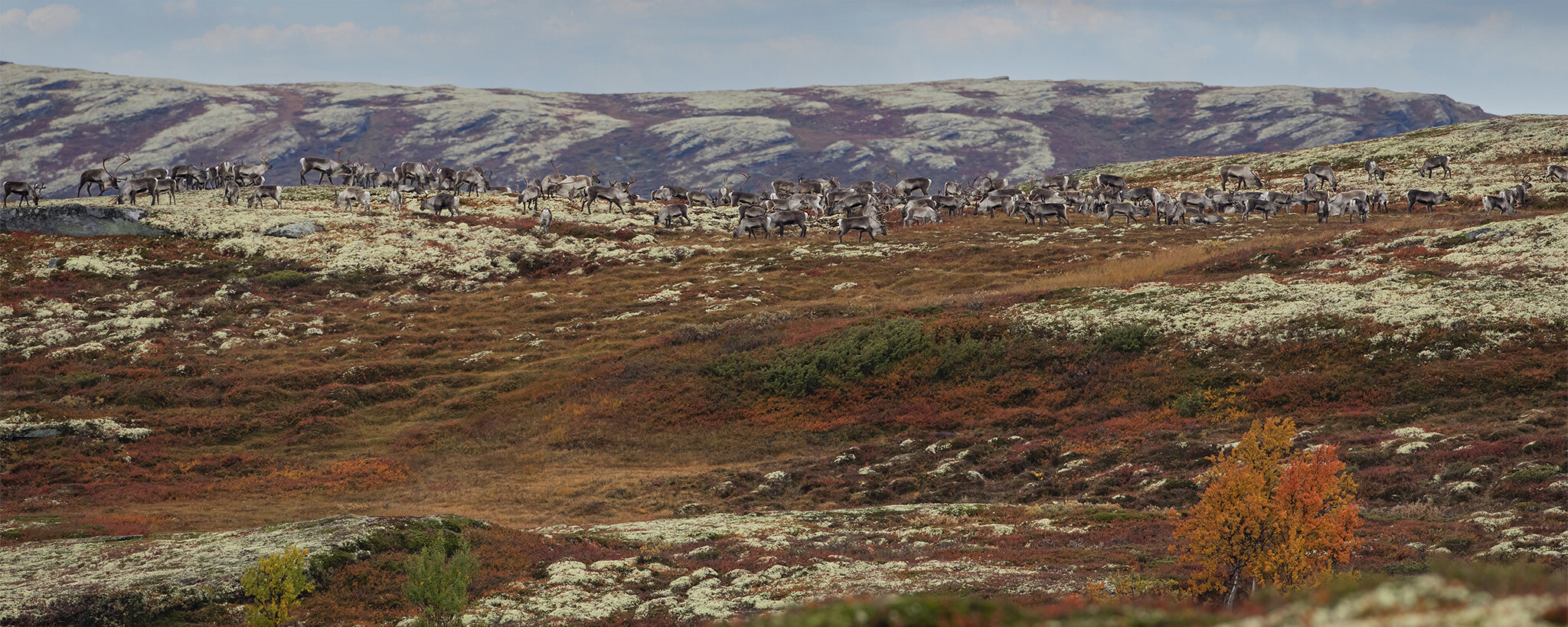
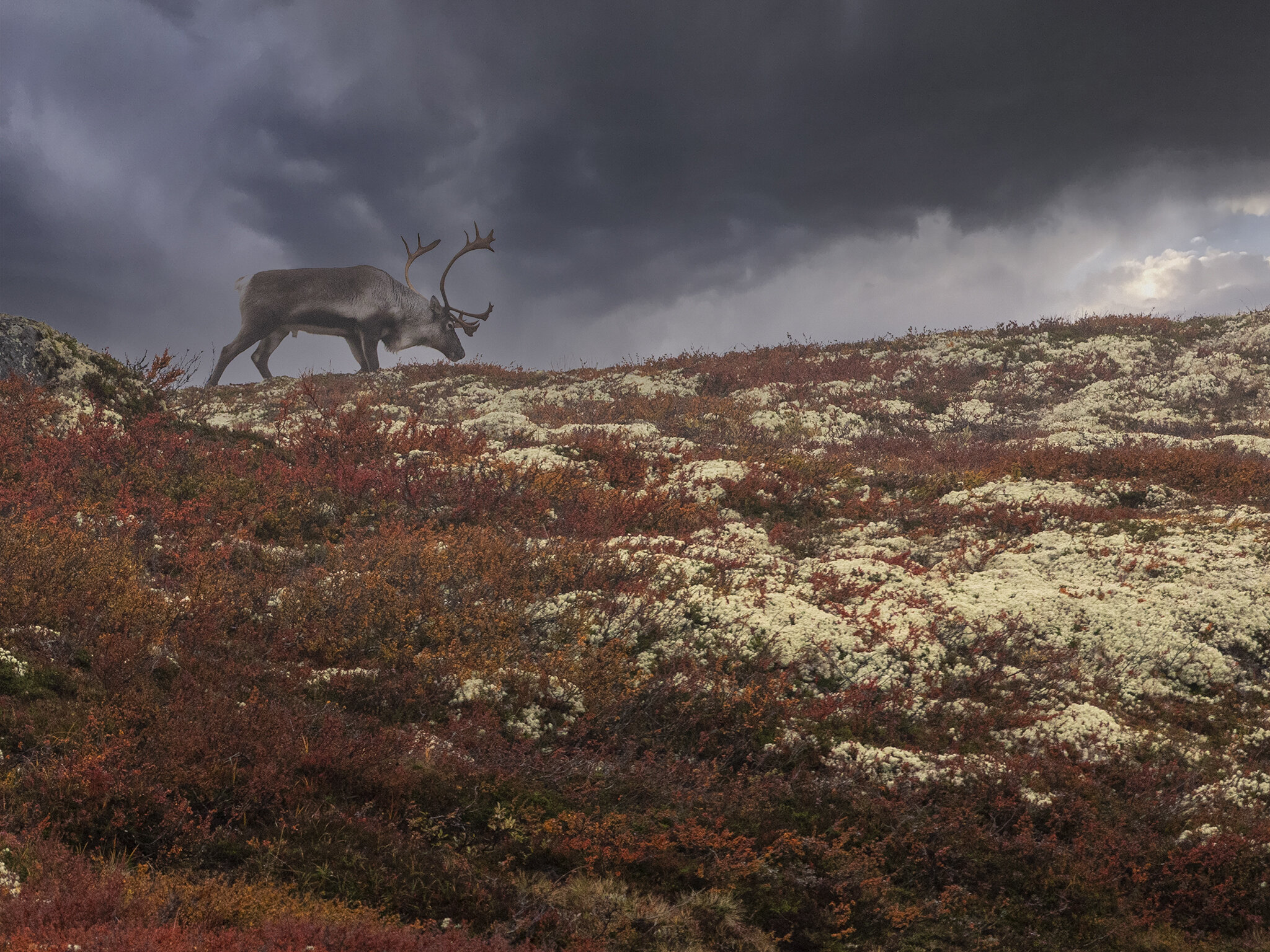
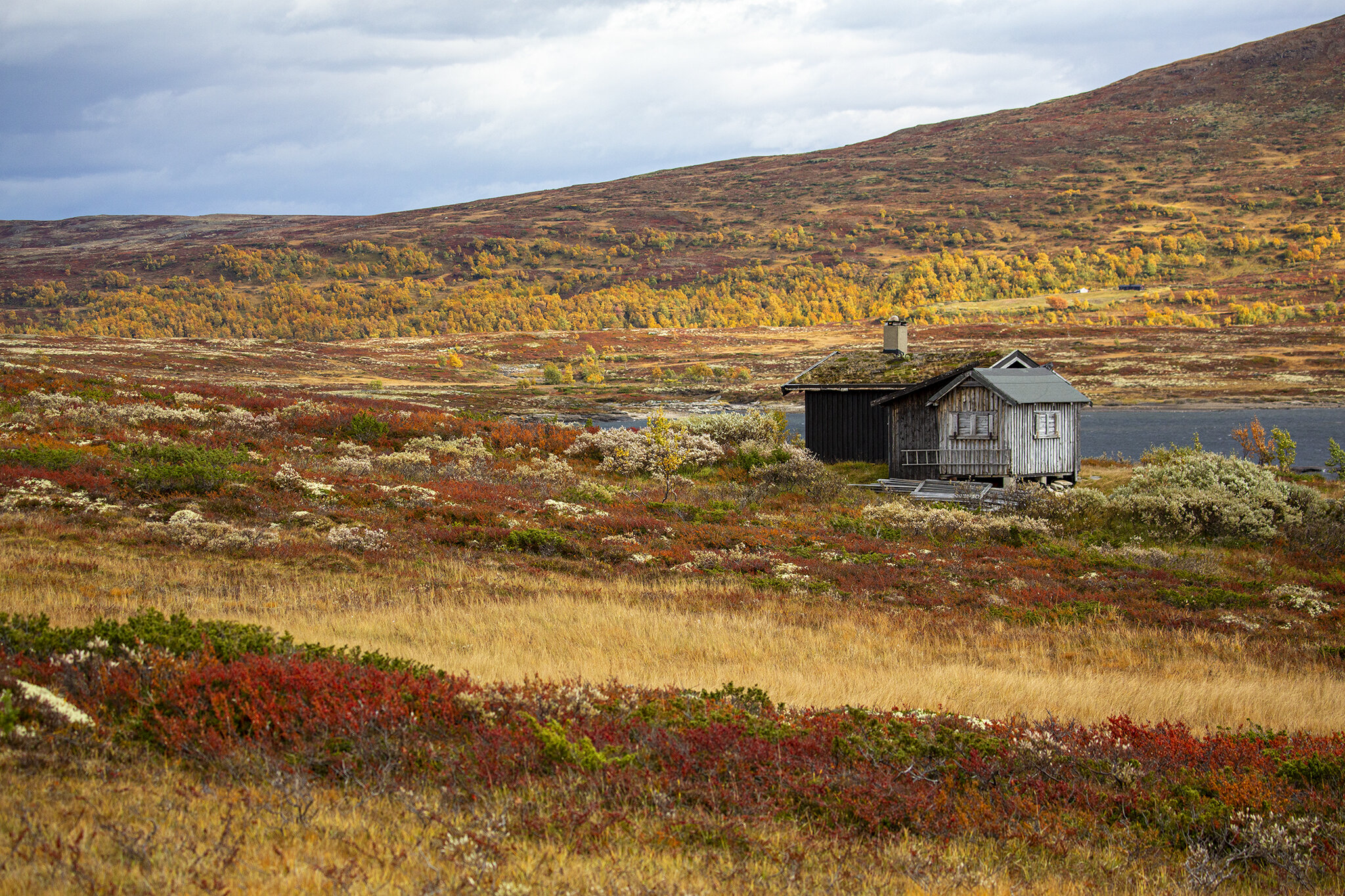
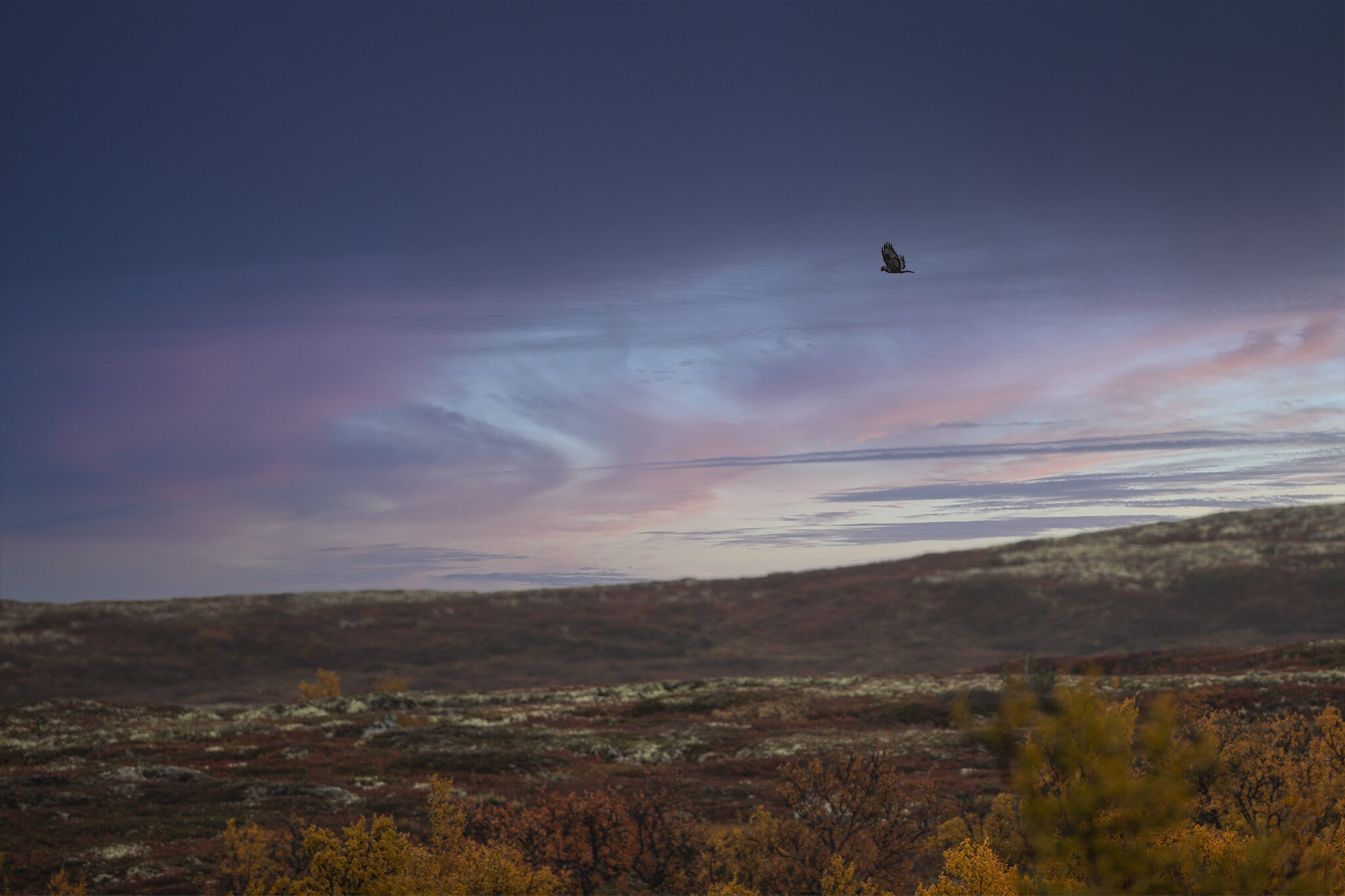
Rough-legged hawk is a large bird of prey in the hawk family. It is one of our most common birds of prey in the mountains. The food consists of small rodents
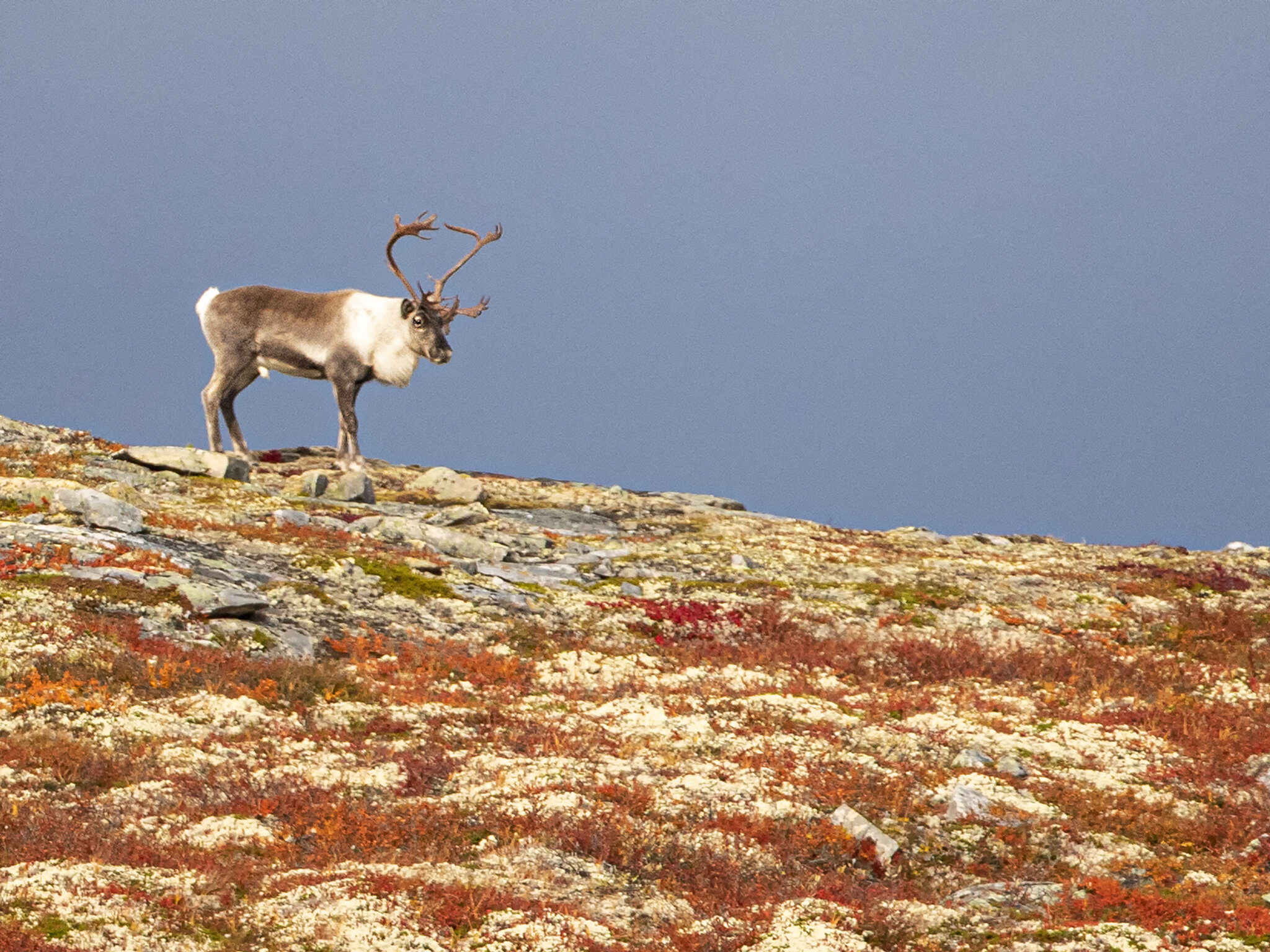
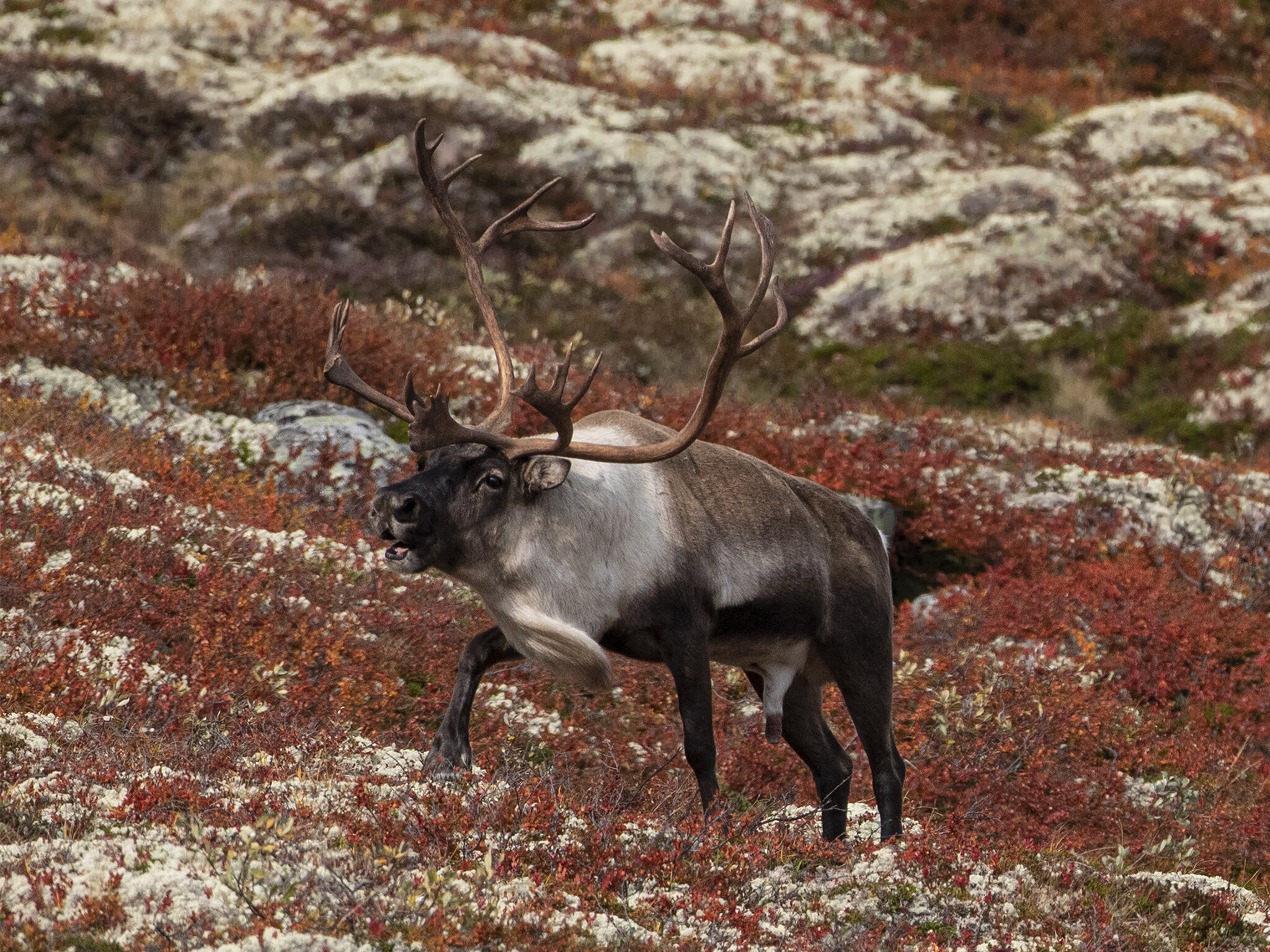
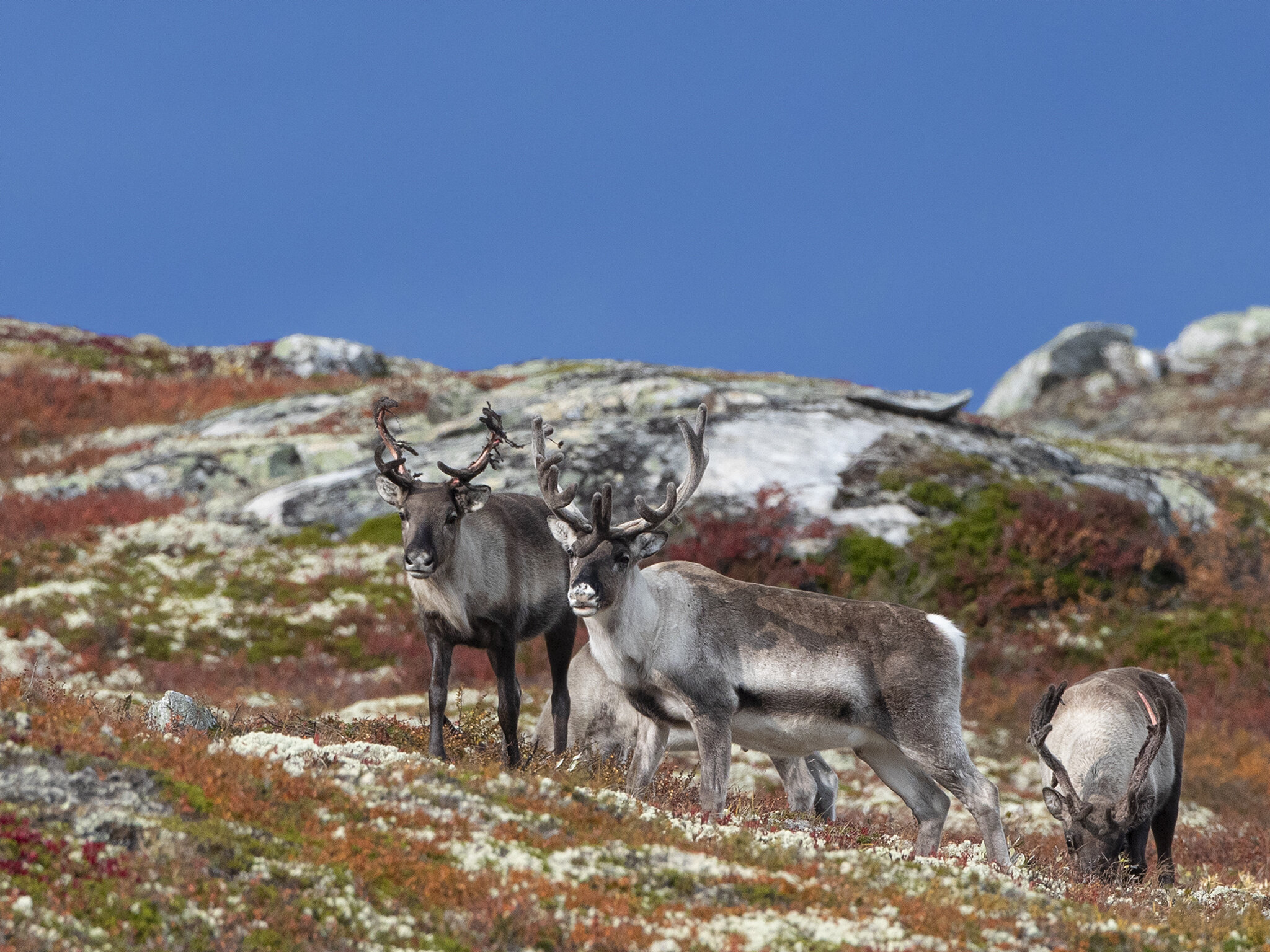
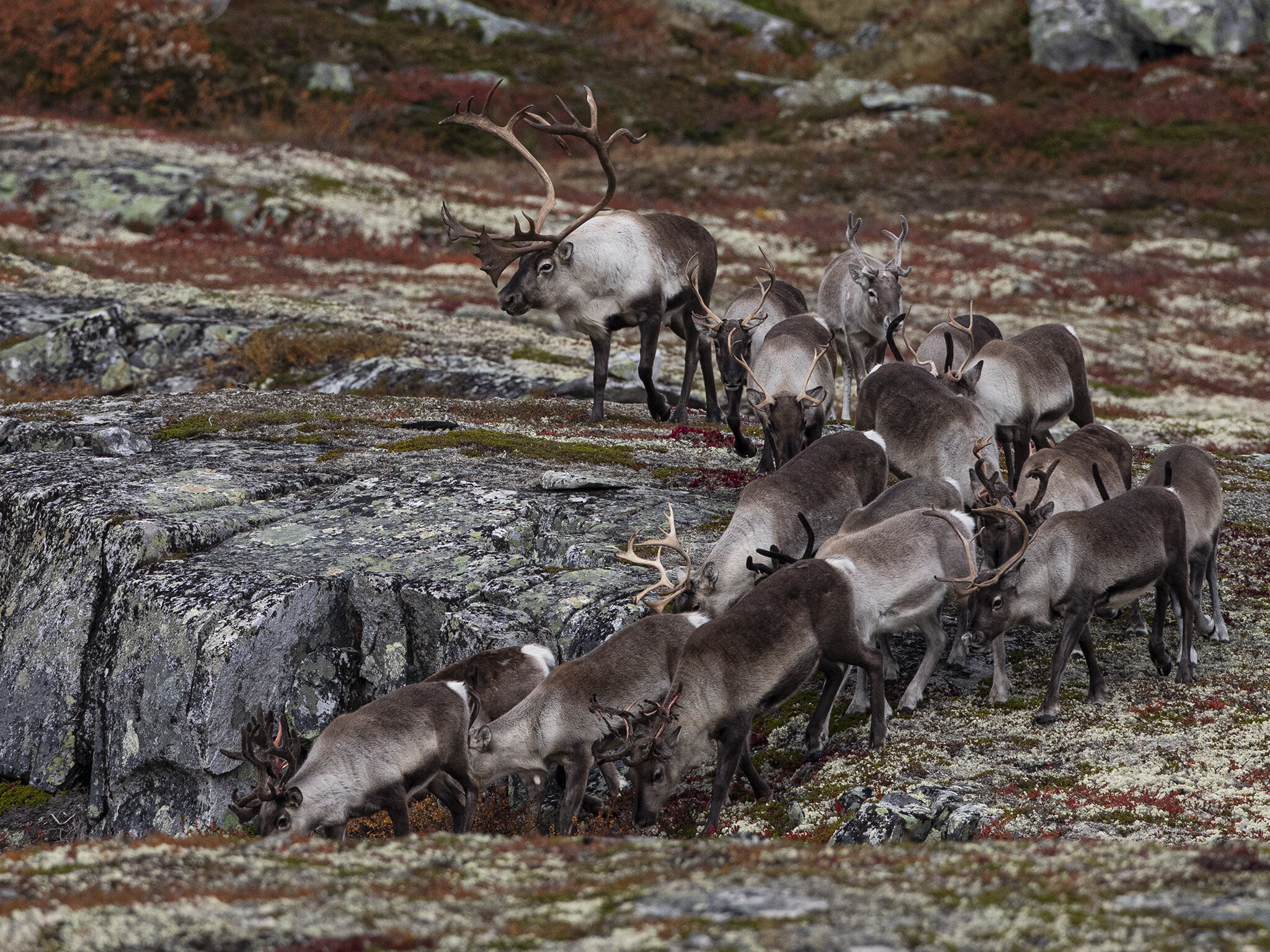
Wild reindeer have their own ability to disappear into the mountains.

Northern Pintail is a breeding bird in northern areas around the world, with us most common in northern Norway, but also spread by mountain lakes in southern Norway.
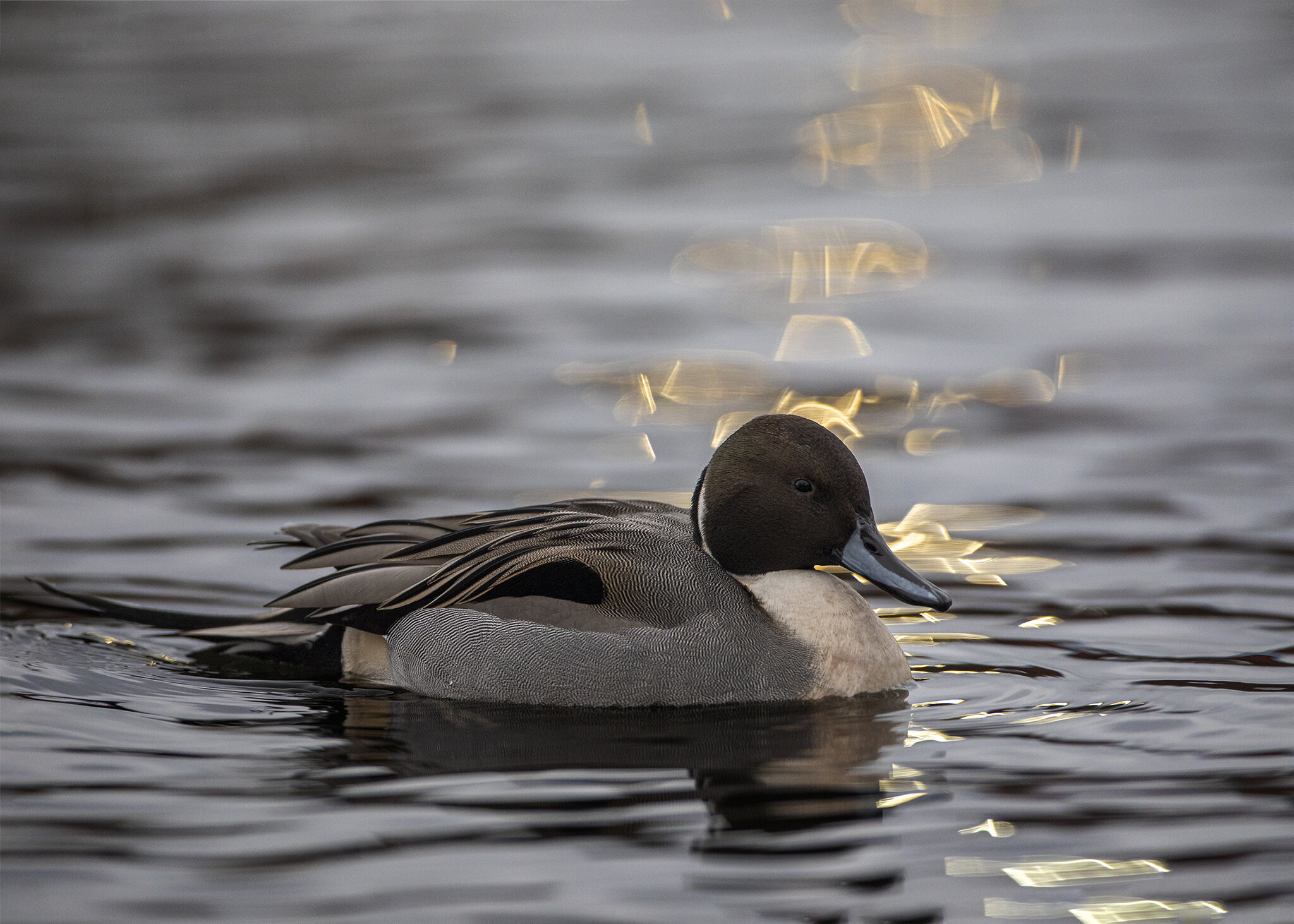
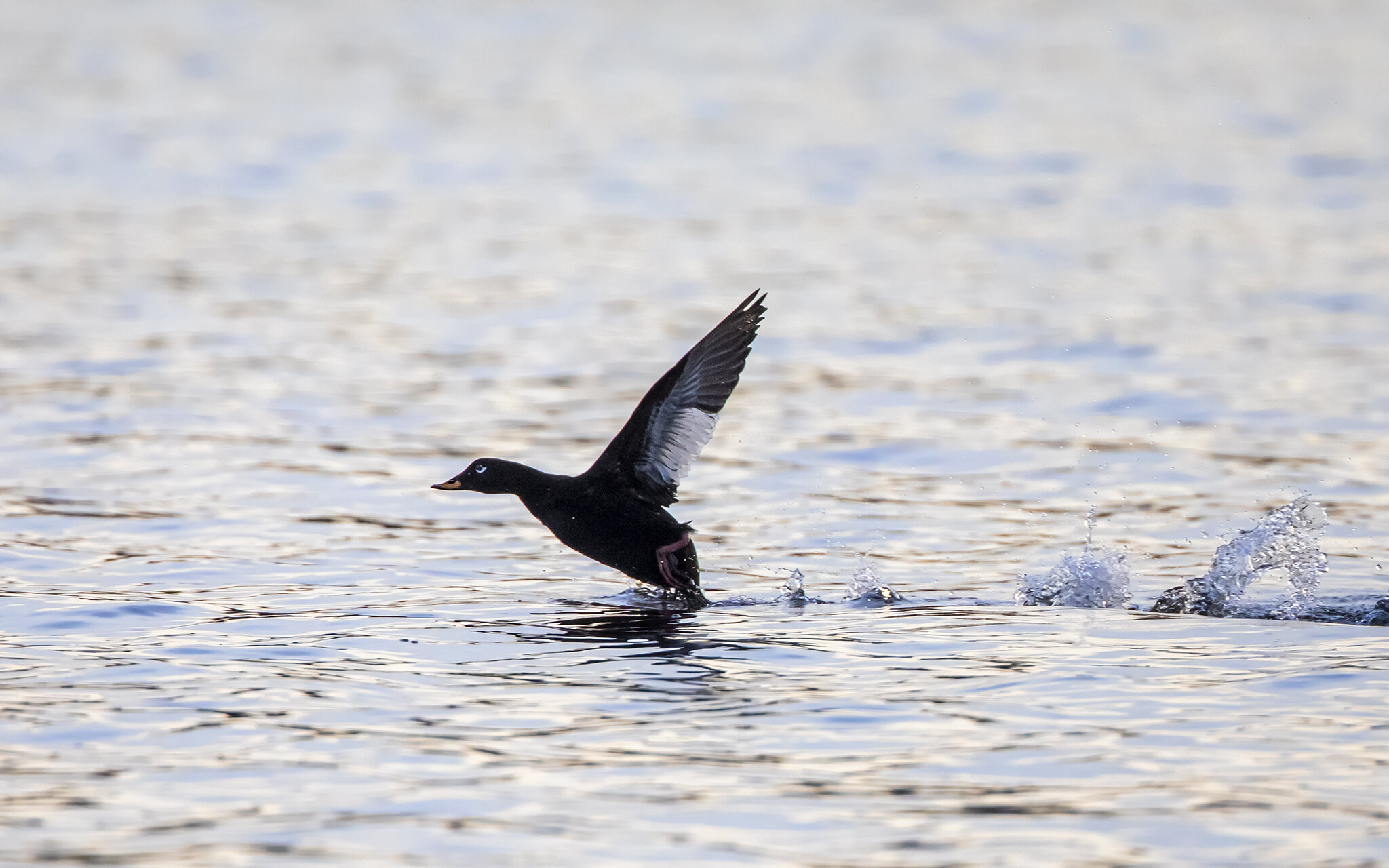
White-winged Scoter nests in northern areas around the entire Arctic. In Norway, it lives in southern high mountain areas, and in the north also along the coast.The nest is placed well hidden in a pit on the ground, usually near water. It consists of plant parts and is lined with down. The 5–9 cream-yellow eggs are incubated by the female for 27–28 days. The young are cared for by the female and become airworthy after 6-7 weeks.
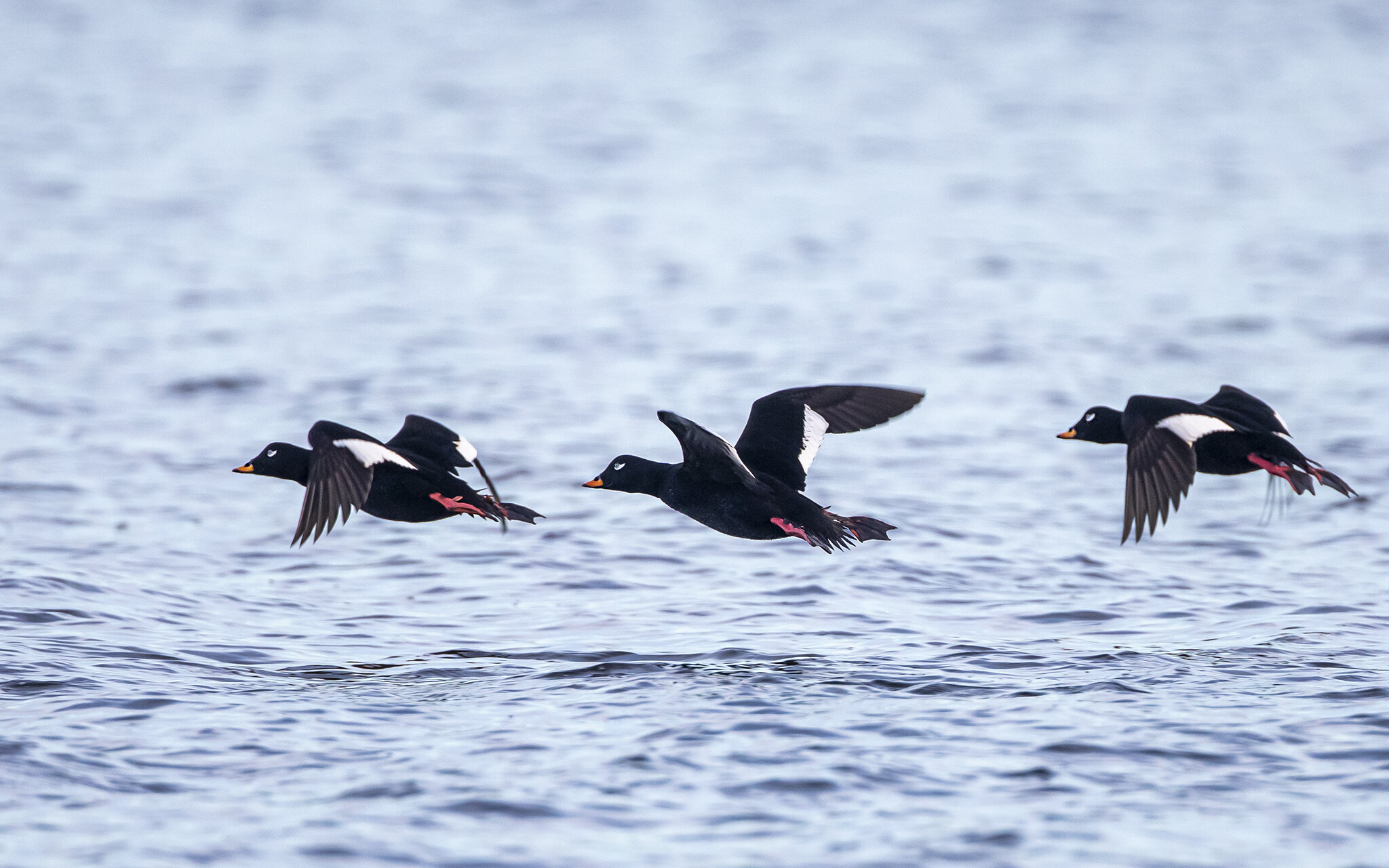
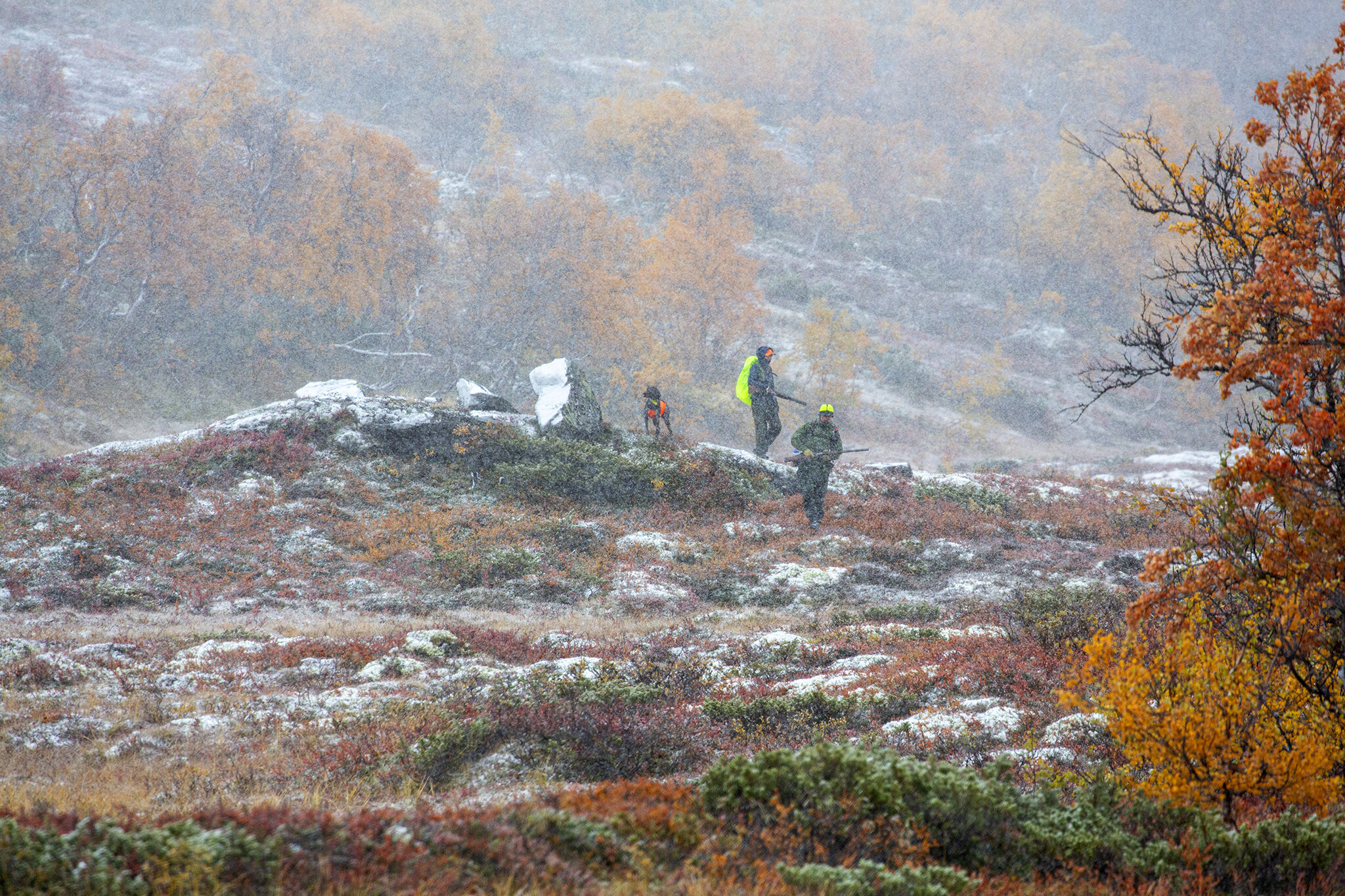
In Norway, hunting is allowed in all national parks.The picture shows two Rock Ptarmigan hunters. Despite the fact that Rock Ptarmigan is close to extinction in several places, and has been red-listed, the hunt continues.
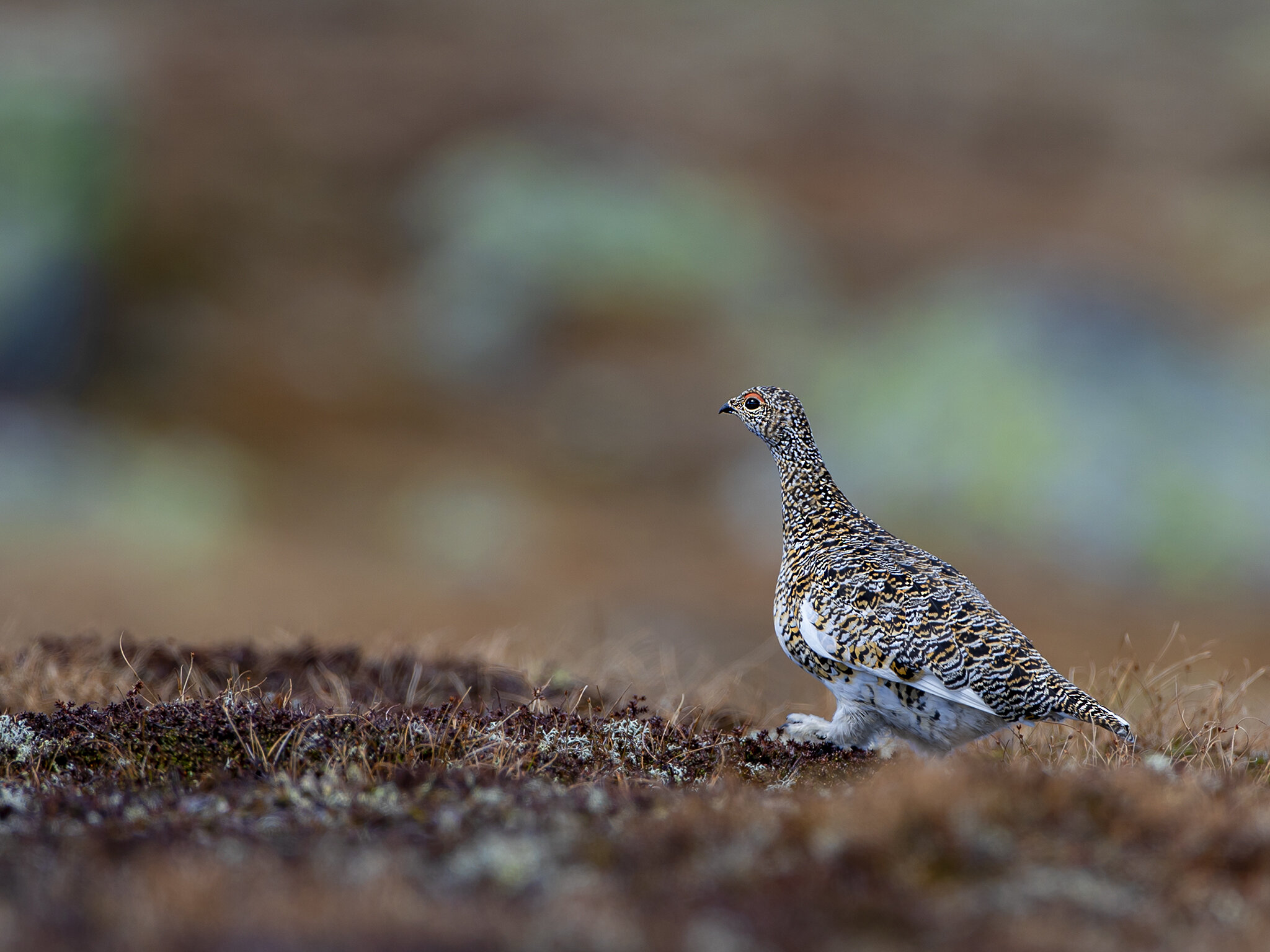
Many years of catastrophically low Rock Ptarmigan populations got Rock Ptarmigan and Willow Grouse on the Norwegian Red List, which was almost threatened in 2015. This has not affected hunting.
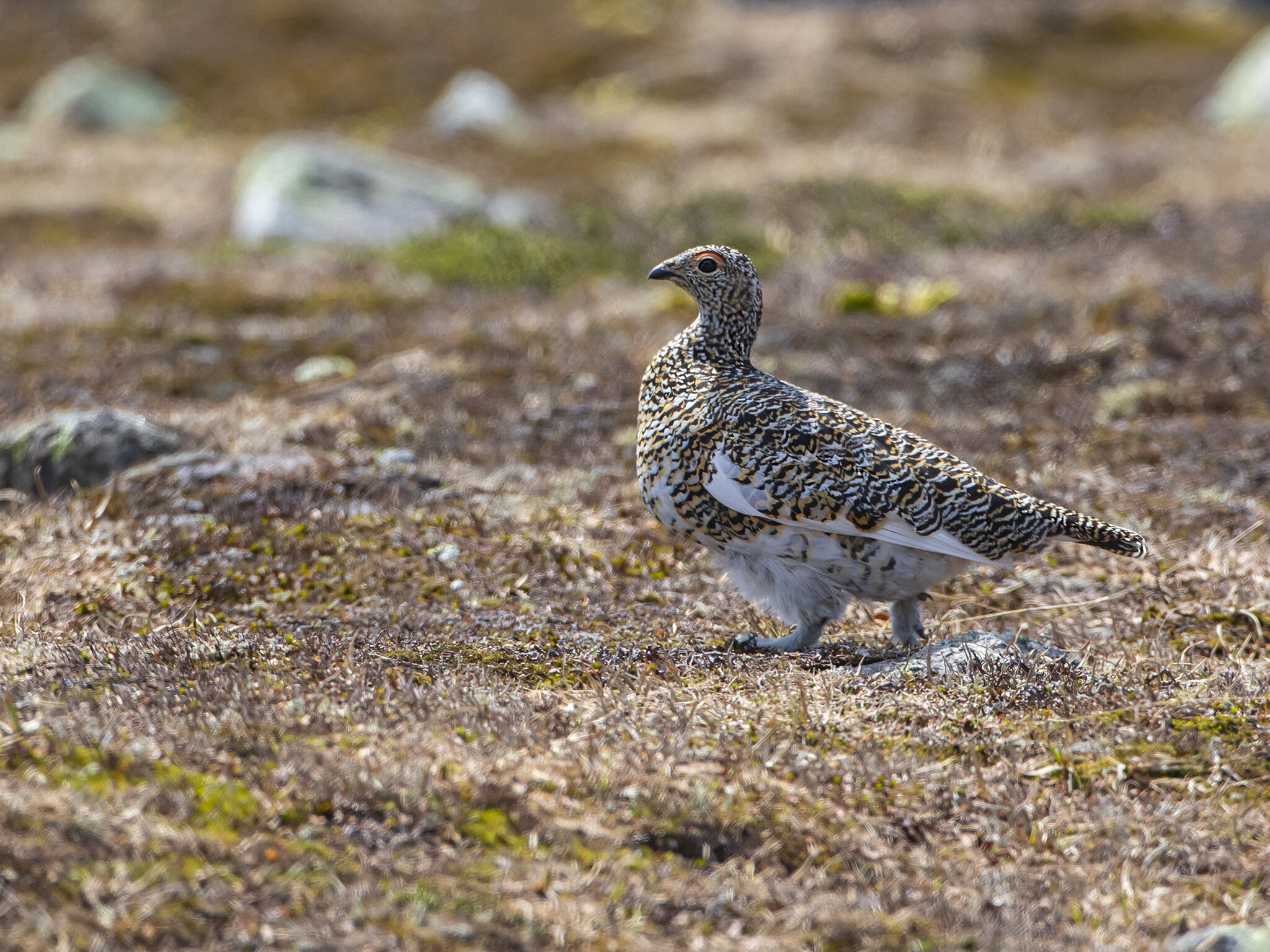
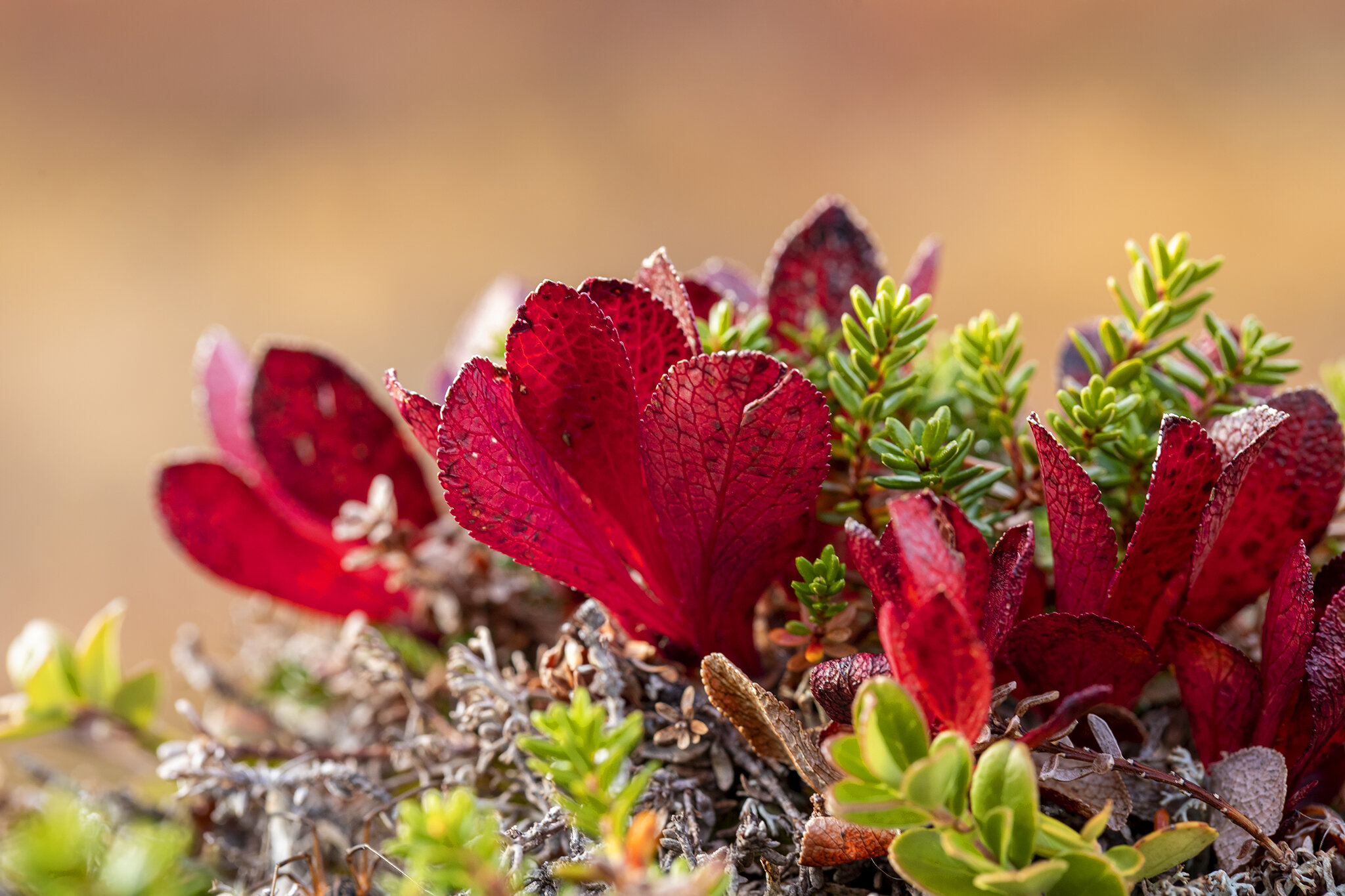
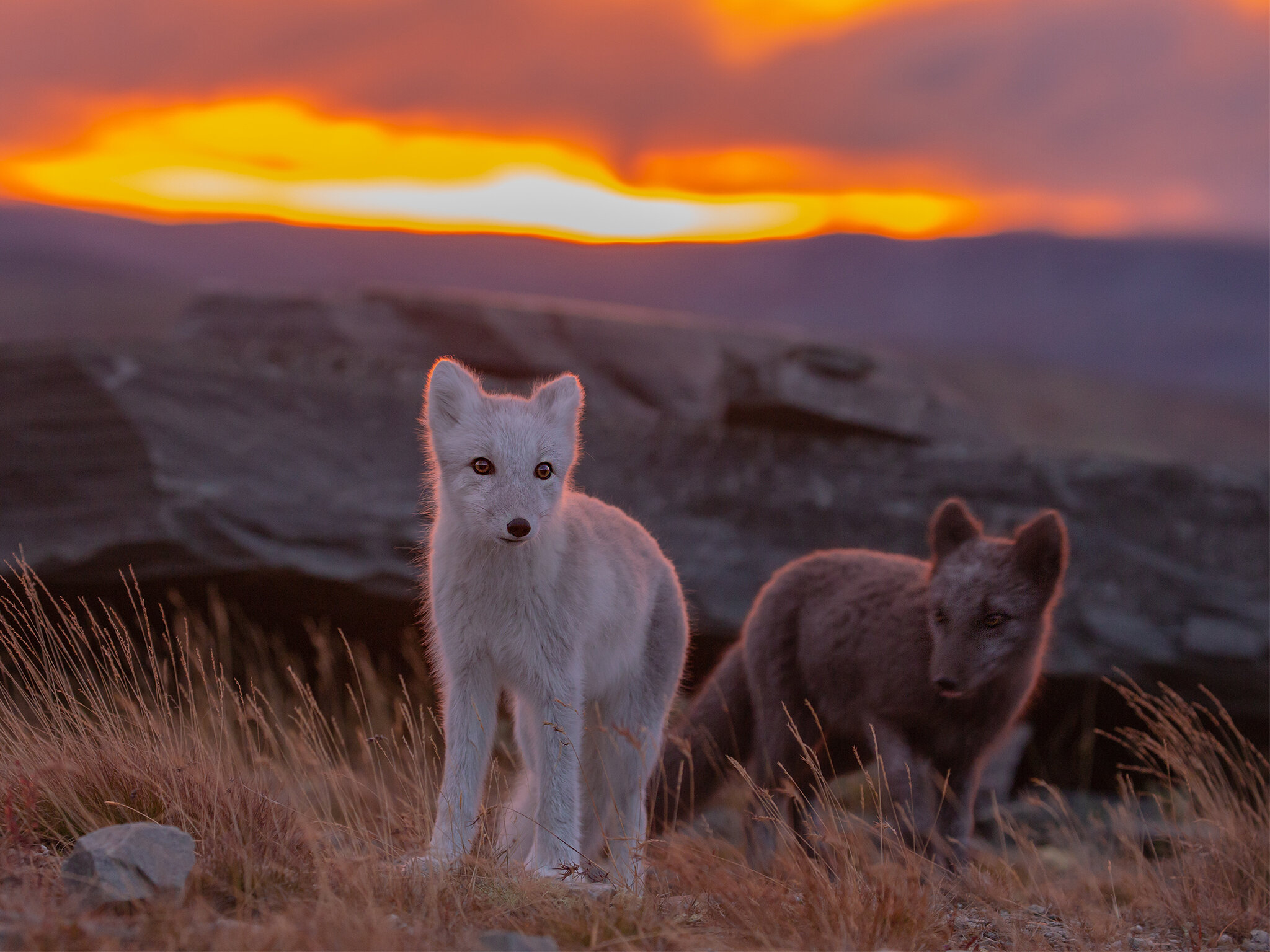
For the first time in recent times (2015), breeding of wild Arctic Fox has been registered in the Forollhogna area. The litter is seven puppies. The youth took place in an old mountain fox hut. This is confirmed by Norwegian nature surveillance (SNO).
(Picture from Dovrefjell)
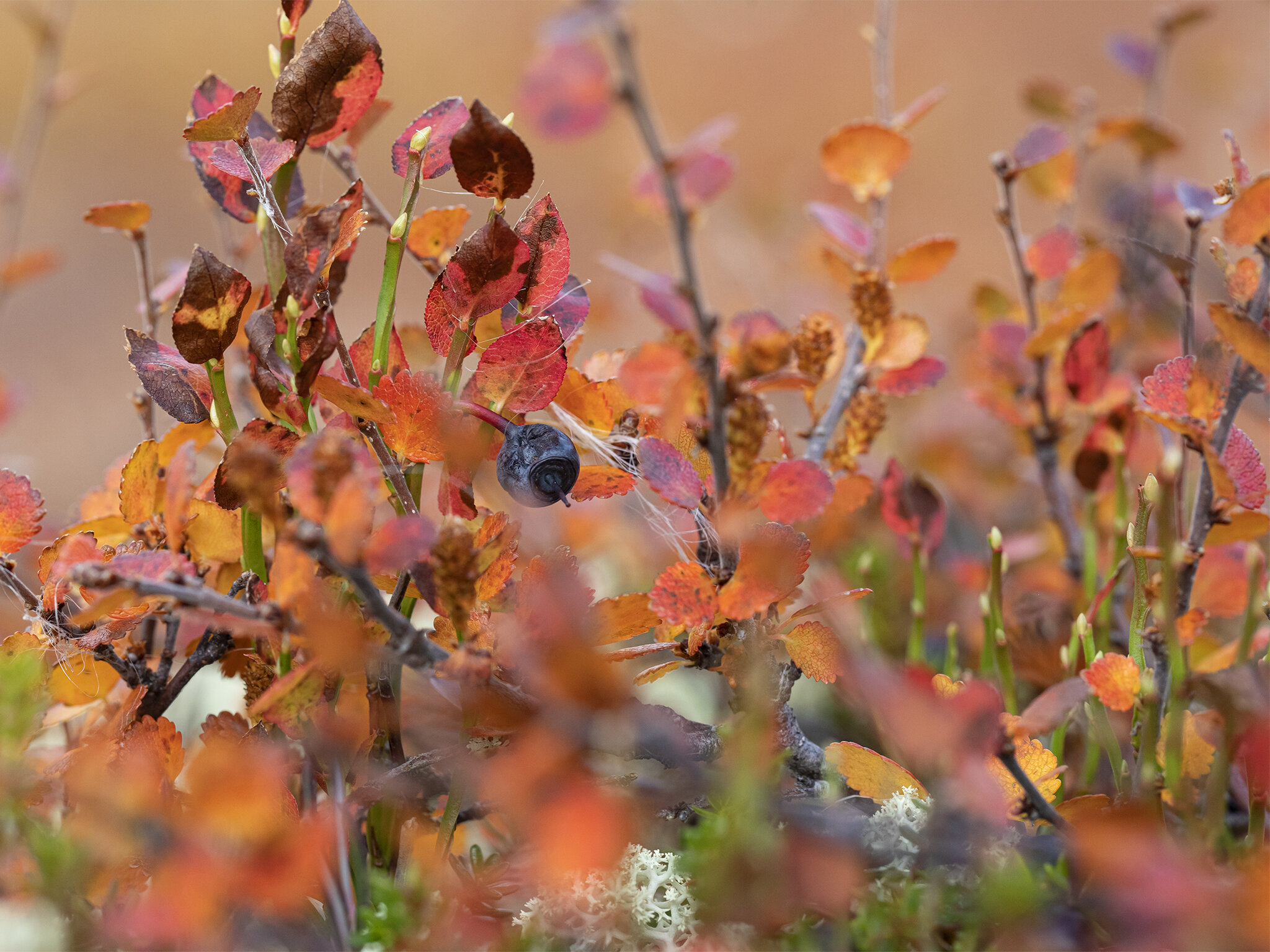
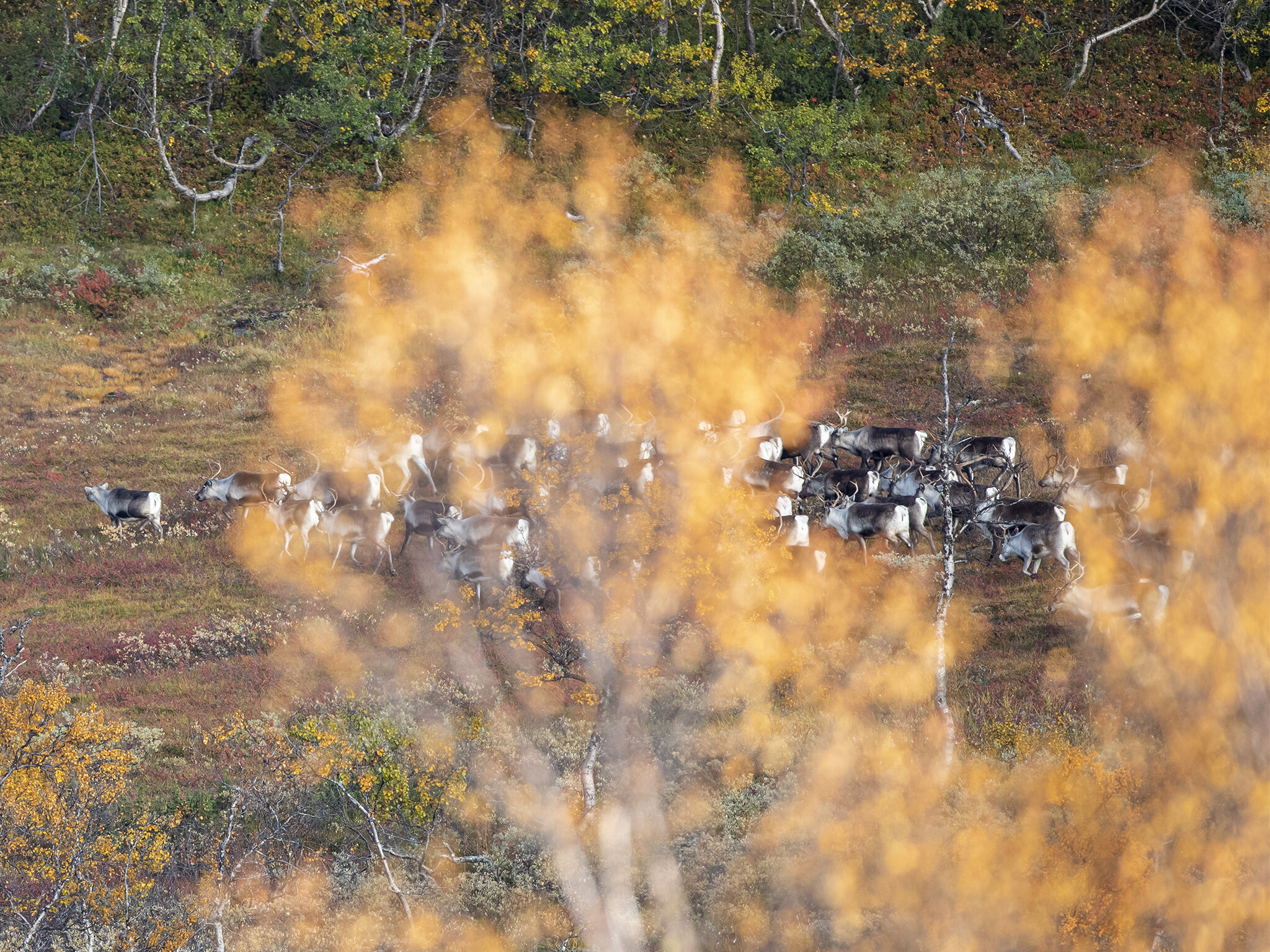
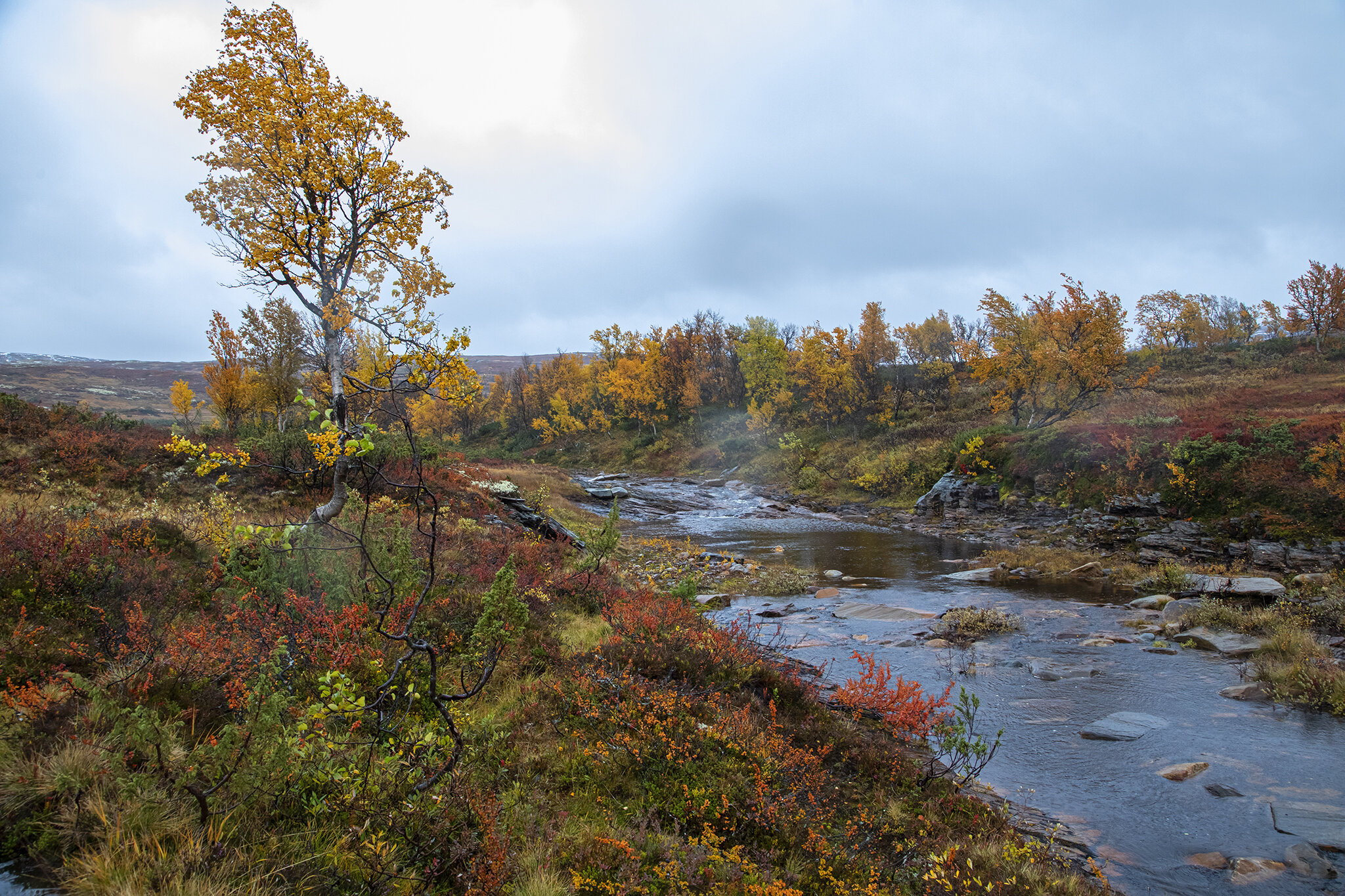

Forollhogna is a natural habitat for wolverines.
But it is not wanted here by the grazing industry.
So it is removed in favor of grazing sheep and cows.
(The photo was taken in Kuhmo, Finland).
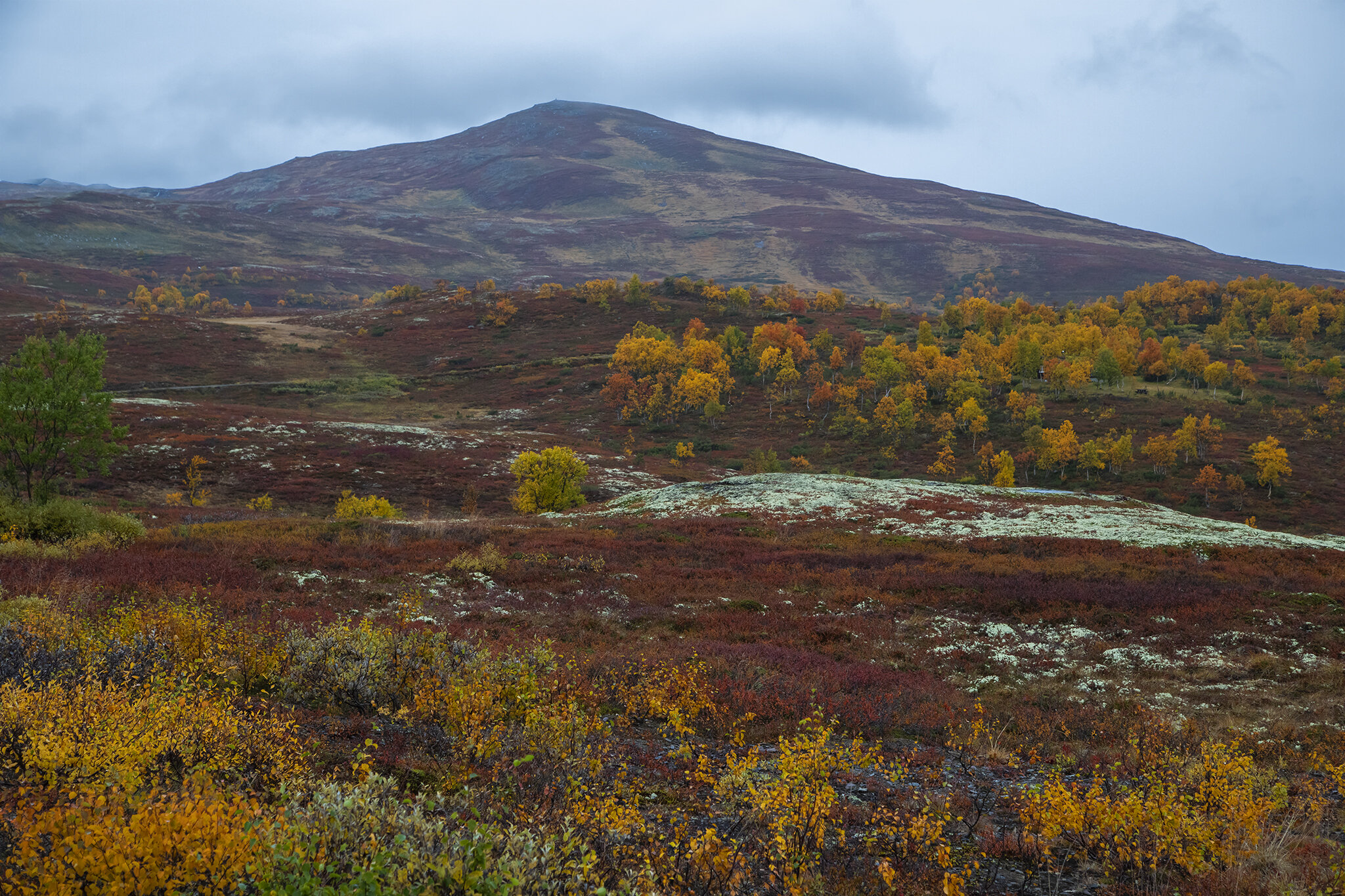

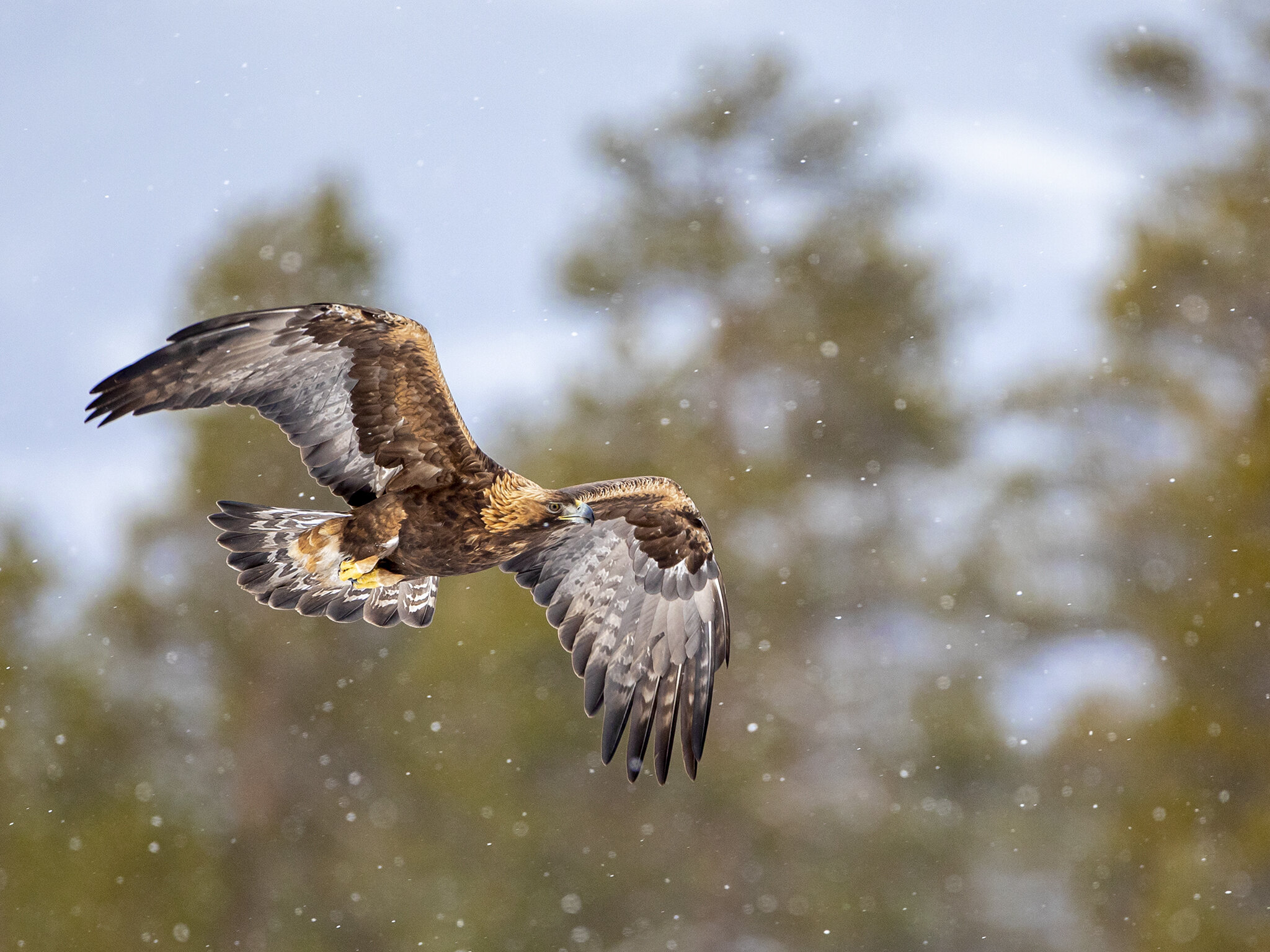
Golden eagles are among birds of prey in Forollhogna. In 2019, I saw a flock of 5 golden eagles in the sky.
(The photo was taken at Nesbyen)
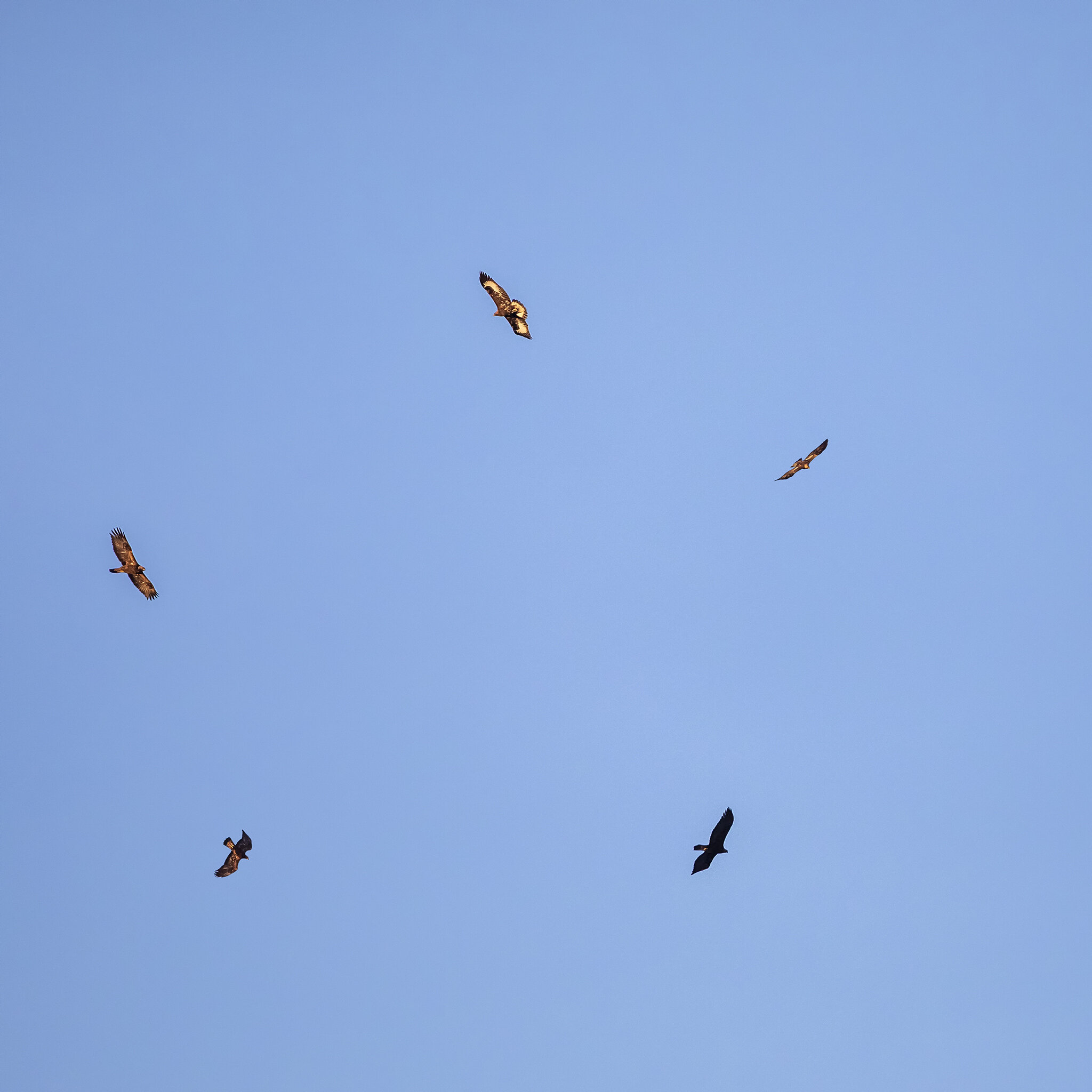
5 Golden eagles in the sky, the photo was taken in Forollhogna.

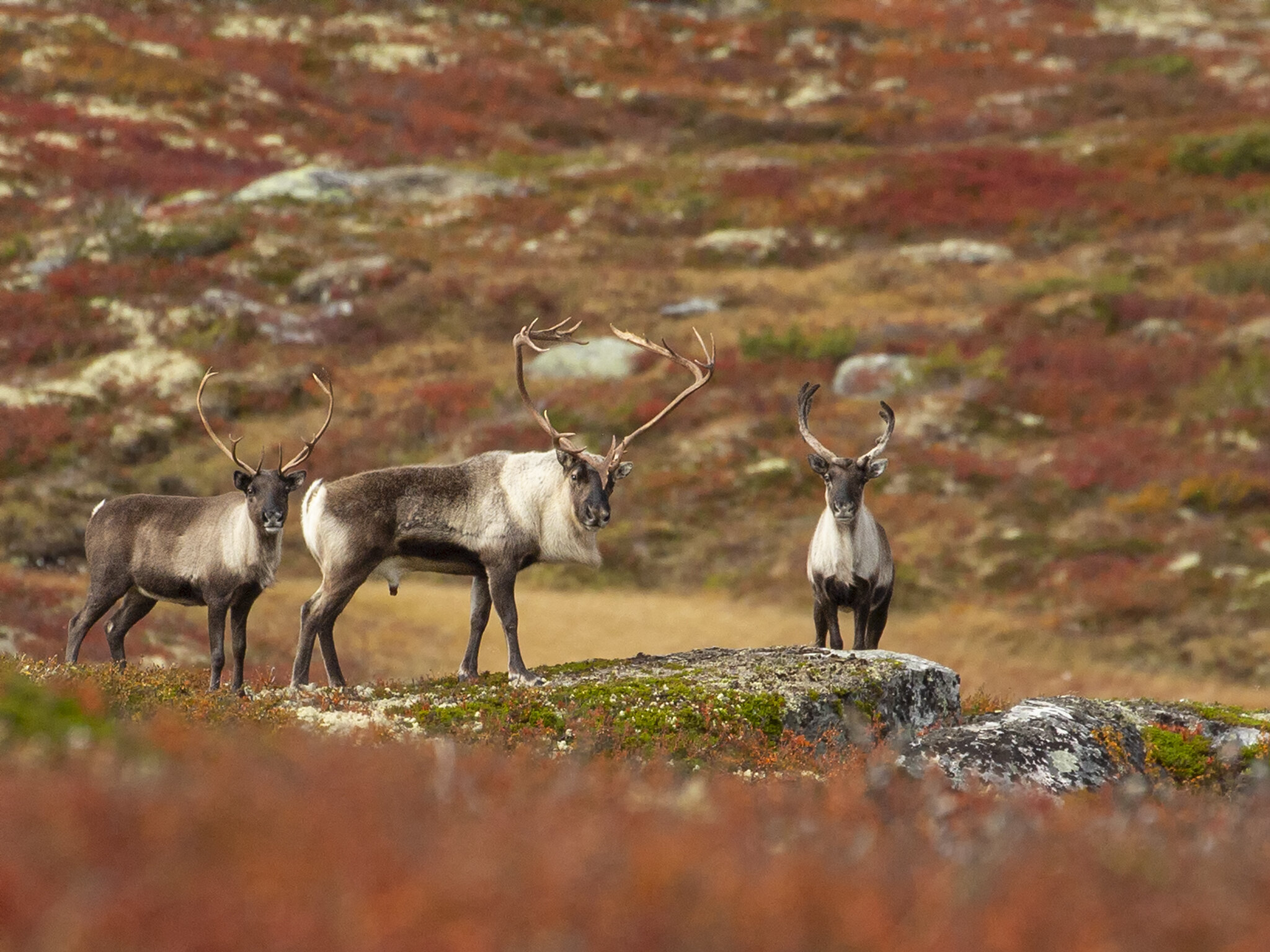
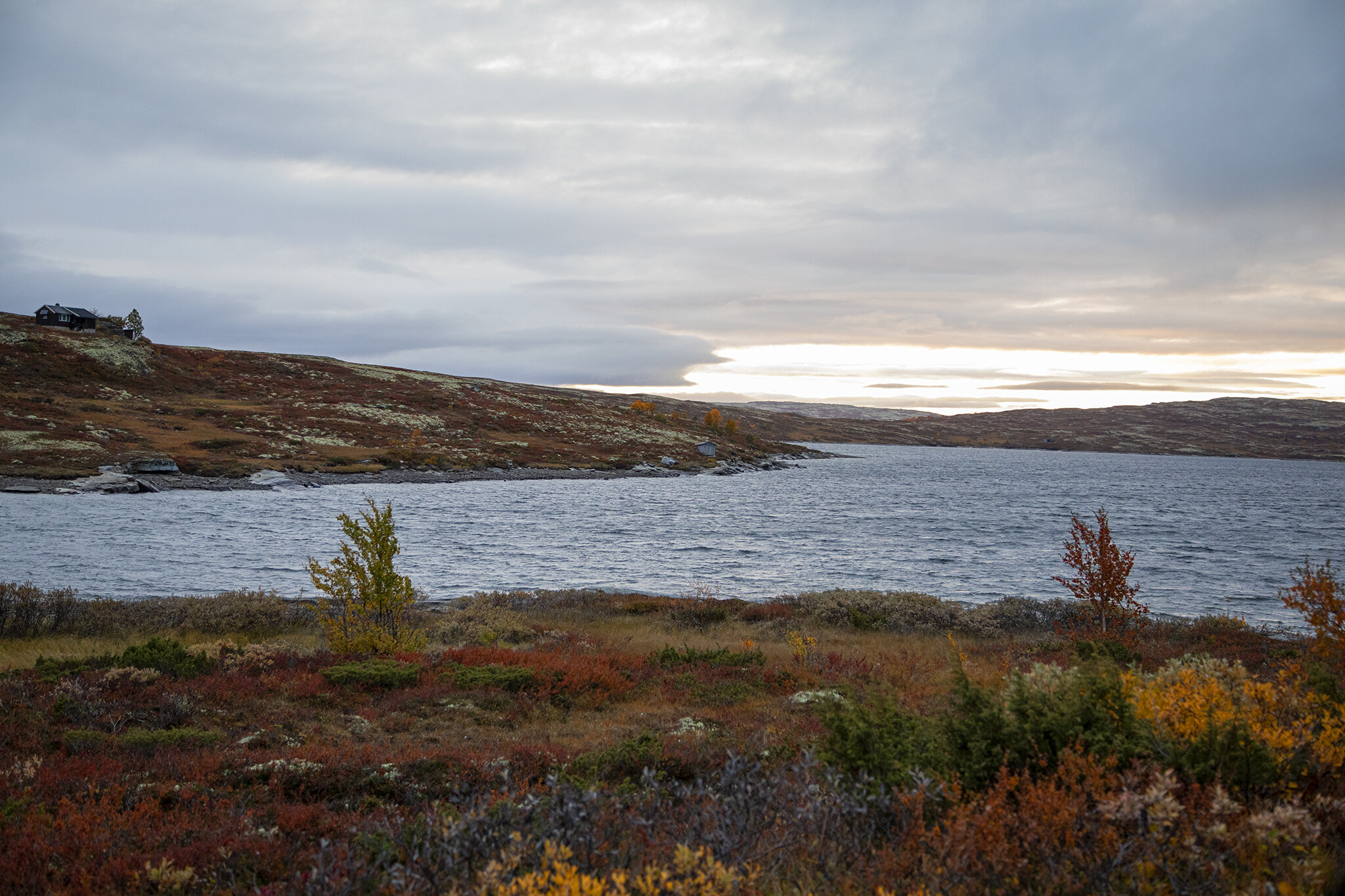
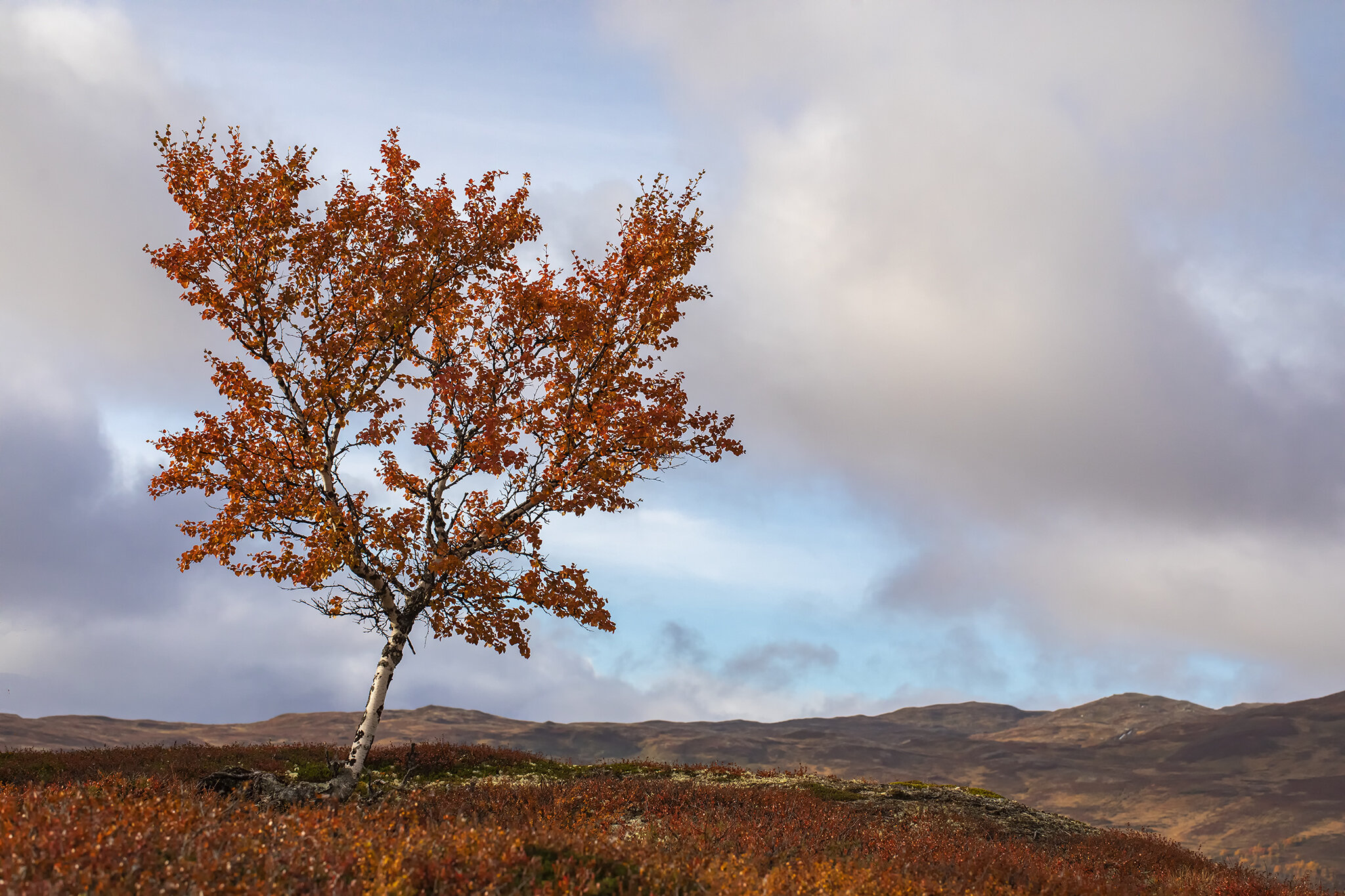







































Forollhogna is often described as ‘the kind mountains’. This is a peaceful and walker-friendly mountain region surrounded by lush valleys steeped in seasonal livestock farming traditions that continue to this day. There is no accommodation for walkers and no waymarked trails in the national park, except for the Pilgrim’s Way (the Østerdal route) which crosses the area at the foot of the Forollhogna mountain.
https://www.norgesnasjonalparker.no/nasjonalparker/forollhogna/
The chalky bedrock is a good breeding ground for the flora and fauna. The area is best known for its sustainable wild reindeer herds and good grouse conditions. Over the generations, hunting, trapping and fishing have been important in the area. Long-term use of the area for seasonal livestock farming, haymaking and grazing has helped to create distinctive and precious cultural landscapes with a rich diversity of species, valuable building clusters and an interesting cultural heritage. A variety of cultural remains from different eras reflect the historical use of the area over thousands of years.
The network of footpaths and cow tracks in the border area of the national park are well suited for cycling and walking. The mountains are a short distance from the settlements around Forollhogna. The local food, active farming villages and seasonal livestock operations, as well as information about the local history and environment, are all important to the enjoyment of Forollhogna National Park. The mountain lakes are known for their large, top-quality fish. Hunting for wild reindeer and grouse are popular activities.
Forollhogna is a complete mountain ecosystem with a sustainable wild reindeer herd, a population of wolverines and occasional observations of Arctic foxes. All four species of mountain ducks found in Norway nest here. As for birds of prey, the golden eagle, gyrfalcon and rough-legged buzzard all nest here. The valleys used for seasonal livestock farming comprise large hayfields, natural pastures and lush meadow birch forests. Here we find several rare species, such as the black vanilla orchid and the mealy meadow cap fungus, which are dependent on continued grazing.
The wild reindeer are often referred to as the mountain's nomad. This is an indication of the wild reindeer's way of using the habitats.They live in the most extreme areas found in Norway.
Norway has the latest wild reindeer populations in Europe. We therefore have a great responsibility to take care of the species and its habitats.
Rough-legged hawk is a large bird of prey in the hawk family. It is one of our most common birds of prey in the mountains. The food consists of small rodents
Wild reindeer have their own ability to disappear into the mountains.
Northern Pintail is a breeding bird in northern areas around the world, with us most common in northern Norway, but also spread by mountain lakes in southern Norway.
White-winged Scoter nests in northern areas around the entire Arctic. In Norway, it lives in southern high mountain areas, and in the north also along the coast.The nest is placed well hidden in a pit on the ground, usually near water. It consists of plant parts and is lined with down. The 5–9 cream-yellow eggs are incubated by the female for 27–28 days. The young are cared for by the female and become airworthy after 6-7 weeks.
In Norway, hunting is allowed in all national parks.The picture shows two Rock Ptarmigan hunters. Despite the fact that Rock Ptarmigan is close to extinction in several places, and has been red-listed, the hunt continues.
Many years of catastrophically low Rock Ptarmigan populations got Rock Ptarmigan and Willow Grouse on the Norwegian Red List, which was almost threatened in 2015. This has not affected hunting.
For the first time in recent times (2015), breeding of wild Arctic Fox has been registered in the Forollhogna area. The litter is seven puppies. The youth took place in an old mountain fox hut. This is confirmed by Norwegian nature surveillance (SNO).
(Picture from Dovrefjell)
Forollhogna is a natural habitat for wolverines.
But it is not wanted here by the grazing industry.
So it is removed in favor of grazing sheep and cows.
(The photo was taken in Kuhmo, Finland).
Golden eagles are among birds of prey in Forollhogna. In 2019, I saw a flock of 5 golden eagles in the sky.
(The photo was taken at Nesbyen)
5 Golden eagles in the sky, the photo was taken in Forollhogna.